EU - How to Stay Off the Tax Authorities’ Watchlist: Key Risk Indicators Explained

When discussing VAT compliance, individuals and businesses usually focus on when to register for VAT, when VAT returns and payments are due, what a taxable and non-taxable transaction is, and similar matters. However, taxable persons must also consider other things to avoid attracting attention from Tax Authorities, which could result in tax audits and inspections.
Several factors or indicators might alarm Tax Authorities about the potential existence of tax fraud, which could influence taxable persons to cooperate in the investigation. This article will explain some of the most common types of VAT fraud, highlight key indicators that raise red flags, and explain how to avoid these situations.
Which Goods Are Most Vulnerable to VAT Fraud?
In recent years, the emerging trend among VAT fraudsters has been to commit fraud on the lower priced Fast Moving Consuming Goods (FMCG). These FMCG include non-durable household goods such as packaged foods, beverages, toiletries, confectionery, cosmetics, over-the-counter drugs, dry goods, and other consumables.
This is a notable shift from electronic goods, such as mobile phones, wireless earbuds, or storage devices, which were the main focus of fraudsters for years. The main reason for this change is that electronic goods are under closer surveillance by the Tax Authorities, whereas these less noticeable goods go under the radar in most situations.
Additional reasons may include the fact that EU countries usually apply lower VAT rates on some FMCG, that the time between sale and consumption of FMCG is very short, that they are primarily paid in cash, and that the legitimate retail sector is highly motivated to purchase the goods at the lowest cost possible to offer the best sales price to final consumers.
However, this does not exclude other goods, mainly high-priced or luxury goods, from being subject to VAT fraud.
Common VAT Fraud Schemes
Some of the most common VAT fraud schemes include the missing trader intra community fraud, diversion fraud, abuse of triangulation, transaction chain including exports, a so-called twin CCs fraud, and trade-based money laundering (TBML) with FMCG and perishable goods.
This article will provide insights on the missing trader intra community, diversion, and abuse of triangulation frauds, which occur most often.
Missing Trader Intra Community (MTIC) Fraud
The most common VAT fraud is the Missing Trader intracommunity (MTIC). To understand the MTIC, we need to clarify the typical supply chain. In a standard supply chain, a producer sells goods to licensed wholesalers, who store and distribute goods locally or across the EU without any restrictions.
MTIC fraud occurs when the wholesaler invoices goods to non-compliant traders in another EU country, where the transaction is usually paid in cash or via alternative banking methods, which hides the money trail. Although the initial payment between the producer and the wholesaler appears legitimate, the transport documents may point to independent storage, which makes it difficult for Tax Authorities to track the goods and detect VAT fraud.
Diversion Fraud
A diversion fraud occurs when a wholesaler in one EU country sells goods to a domestic trader who claims VAT fraud by submitting fake invoices for foreign buyers, usually remote traders or missing traders. Although the goods remain in the local market, the actual revenue and VAT are never reported, where the undeclared VAT is shared among the people involved in the scheme.
Abuse of Triangulation Fraud
Triangular fraud occurs when a wholesaler falsifies its claim of tax-exempt intra-EU supplies to a conduit company, such as an intermediary or shell company. The goods are either stored by the conduit company or sent directly to the third EU country’s warehouse using a simplified process for legitimate triangular transactions. However, the wholesaler uses the rules set for triangular transactions to evade taxes.
Key Risk Indicators for VAT Fraud
For taxable persons to protect themselves and their clients and consumers, several key risk indicators might signal VAT fraud. Suppose a taxable person receives an offer for FMCG from an individual or businesses from countries with higher VAT rates, additional taxes, or weak Anti-Money Laundering (AML) regulations. In that case, precautionary steps should be taken to verify the legitimacy.
In some situations, taxable persons receive tempting offers from newly established businesses or new traders managed by individuals from high-risk countries. One of the most common indicators is fraudulent wholesalers offering popular FMCG brands for low, even below-market prices and requesting payment in cash or alternative bank transfers.
In addition, fraudsters usually establish their businesses near national borders or customs zones. This helps them present themselves as legitimate businesses and allows them to efficiently move their goods between countries.
Finally, fraudulent retailers or wholesalers often offer goods that do not fit their declared business activities. For example, a clothing retailer offering large quantities of electronics at below-market prices is a reason to doubt traders' legitimacy.
How to Avoid Risks and Remain Compliant
Taxable persons can take several preventive measures to avoid risks of being subject to VAT fraud or participating in one without knowing and remain compliant with VAT rules and regulations.
First, taxable persons who purchase and sell FMCG should know the market prices. By closely monitoring market prices, they might notice discrepancies between market values and offers received.
When dealing with new suppliers or clients for the first time, taxable persons should determine and confirm all essential elements, such as the country of incorporation, the founders and managers, when the company was founded, and the like. Valid registration numbers, VAT registration numbers, longevity, and a transparent ownership structure are evidence of a business's legitimacy.
Furthermore, taxable persons should avoid cash payments or alternative payment methods that may cause them to lose track of their money.
Ensuring well-documented business records for all transactions must be a priority. Every document, including business agreements, purchase orders, customs declarations, transport declarations, invoices, and bank statements, should be carefully examined and verified.
Conclusion
To stay compliant, taxable persons should always verify the legitimacy of their trading partners, conduct due diligence on new suppliers or clients, and remain aware of the state of the markets in their business sector. By monitoring risk indicators and taking precautionary measures, companies can avoid falling into fraudulent schemes and reduce the chances of attracting unwanted and unnecessary attention from Tax Authorities.
Therefore, taxable persons should put in place internal policies and procedures for monitoring any indicators of VAT fraud. This will help them recognize fraud more effectively and protect themselves, their customers and clients. Moreover, detecting VAT fraud allows taxable persons to notify Tax Authorities about their suspicions, which could benefit them in the long term.
Source: Europol - MTIC (Missing Trader Intra Community) fraud, Europol - EU Policy Cycle - EMPACT, European Commission - Taxation and Customs Union, International Monetary Fund, European Parliament, VATabout

Featured Insights

Angola’s E-Invoicing Mandate: Phased Implementation Continues Into 2026
🕝 December 10, 2025
VAT Deduction and Business Succession: When Do Advisory Costs Serve the Company’s Interest?
🕝 December 8, 2025
Europe’s Plastic Fiscal Shift: Why Italy’s Plastic Tax Now Starts in 2027
🕝 December 3, 2025
The Decline of Low-Value Import Exemptions: Closing Gaps in Cross-Border E-Commerce
🕝 November 20, 2025More News from Europe
Get real-time updates and developments from around the world, keeping you informed and prepared.
-e9lcpxl5nq.webp)

-i6rki3jbad.webp)
-hdwgtama05.webp)
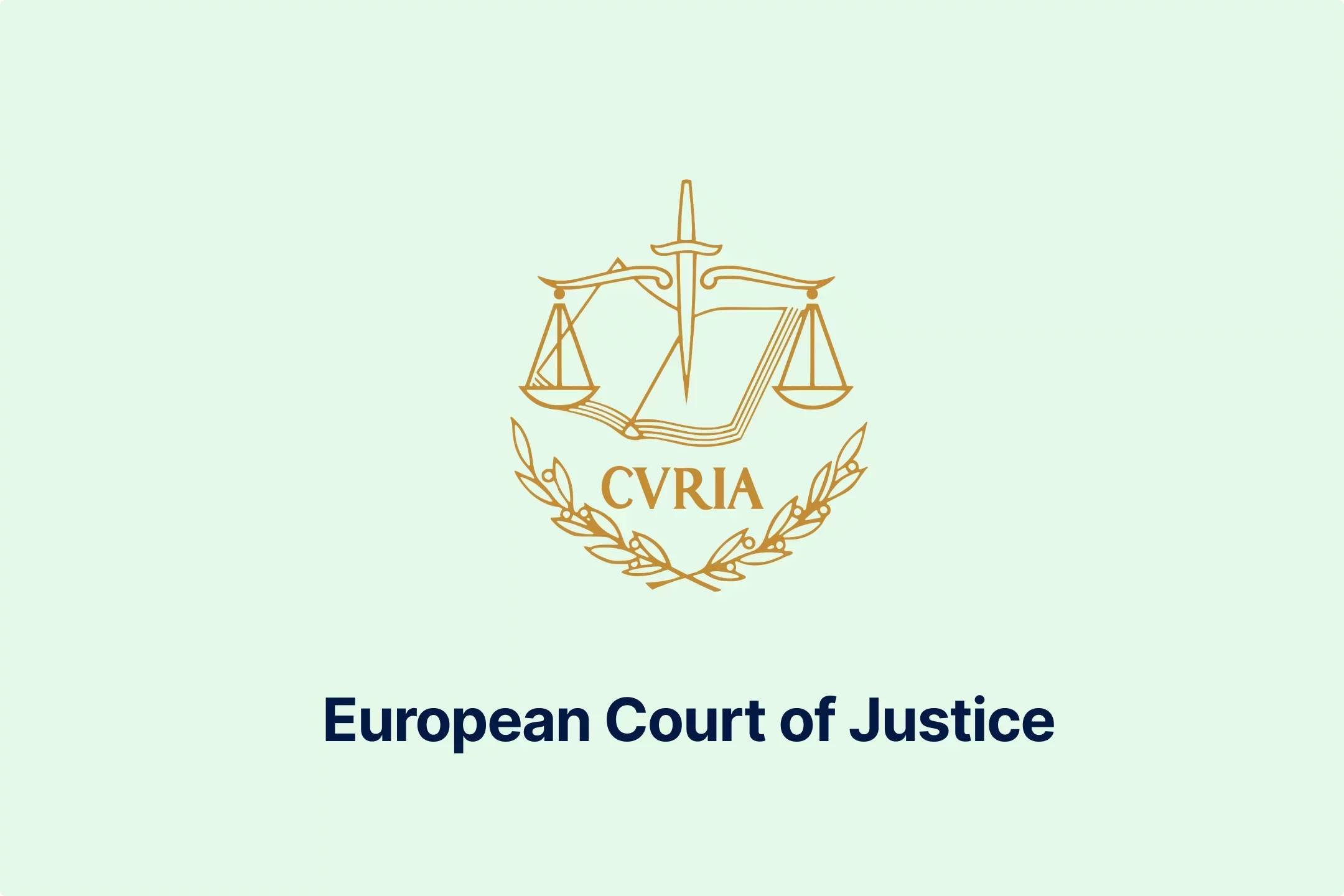
-atbhy5fyxv.webp)
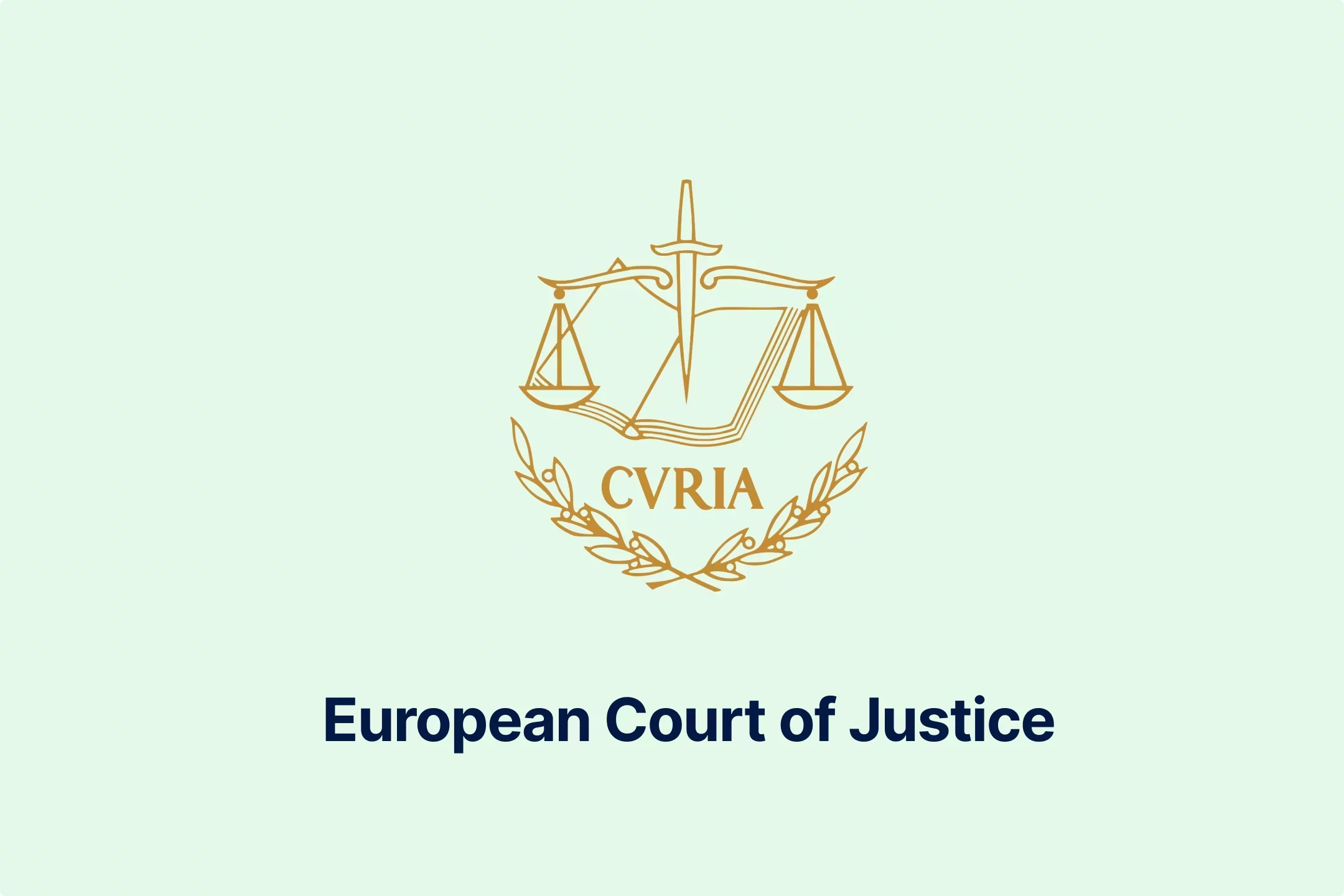
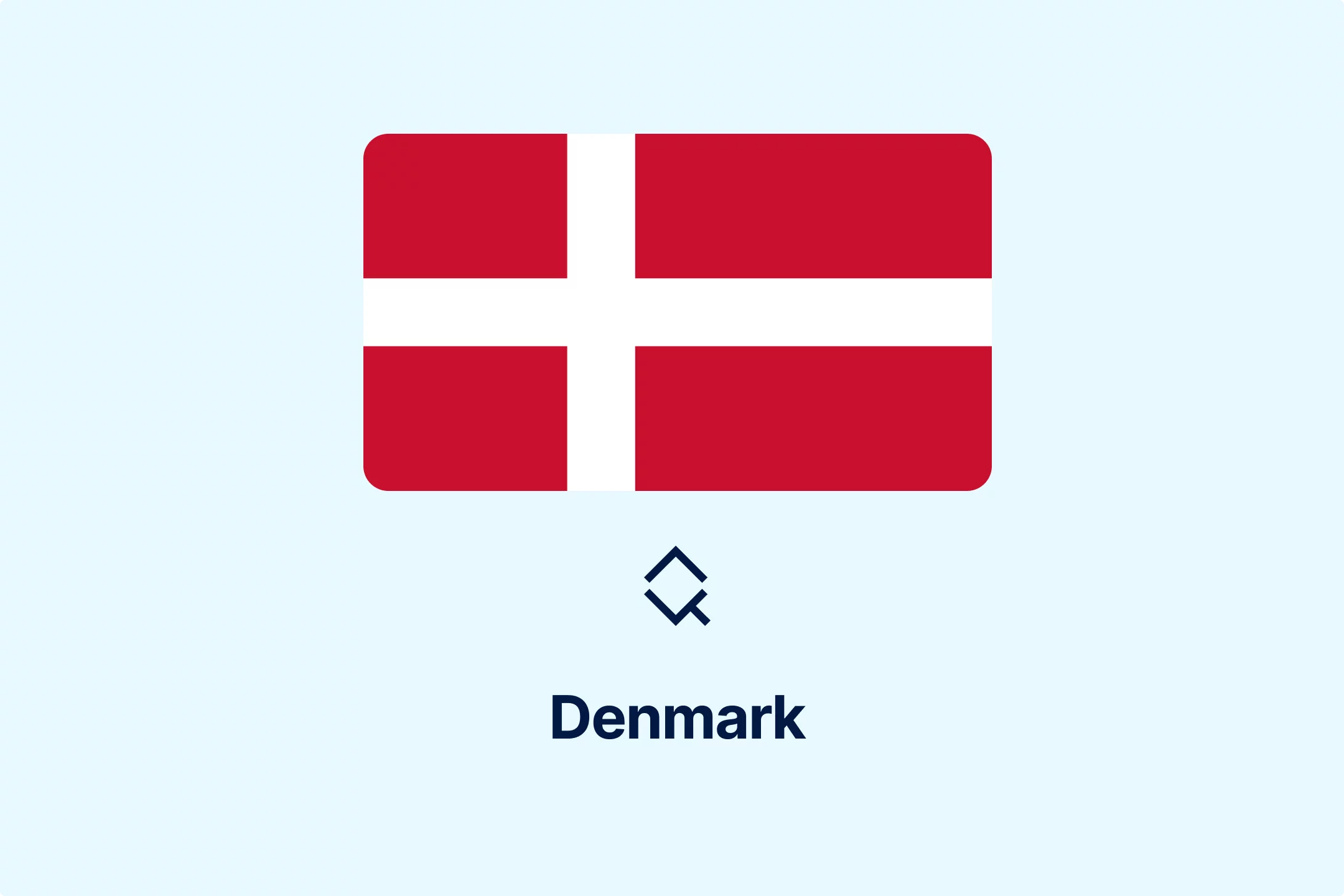

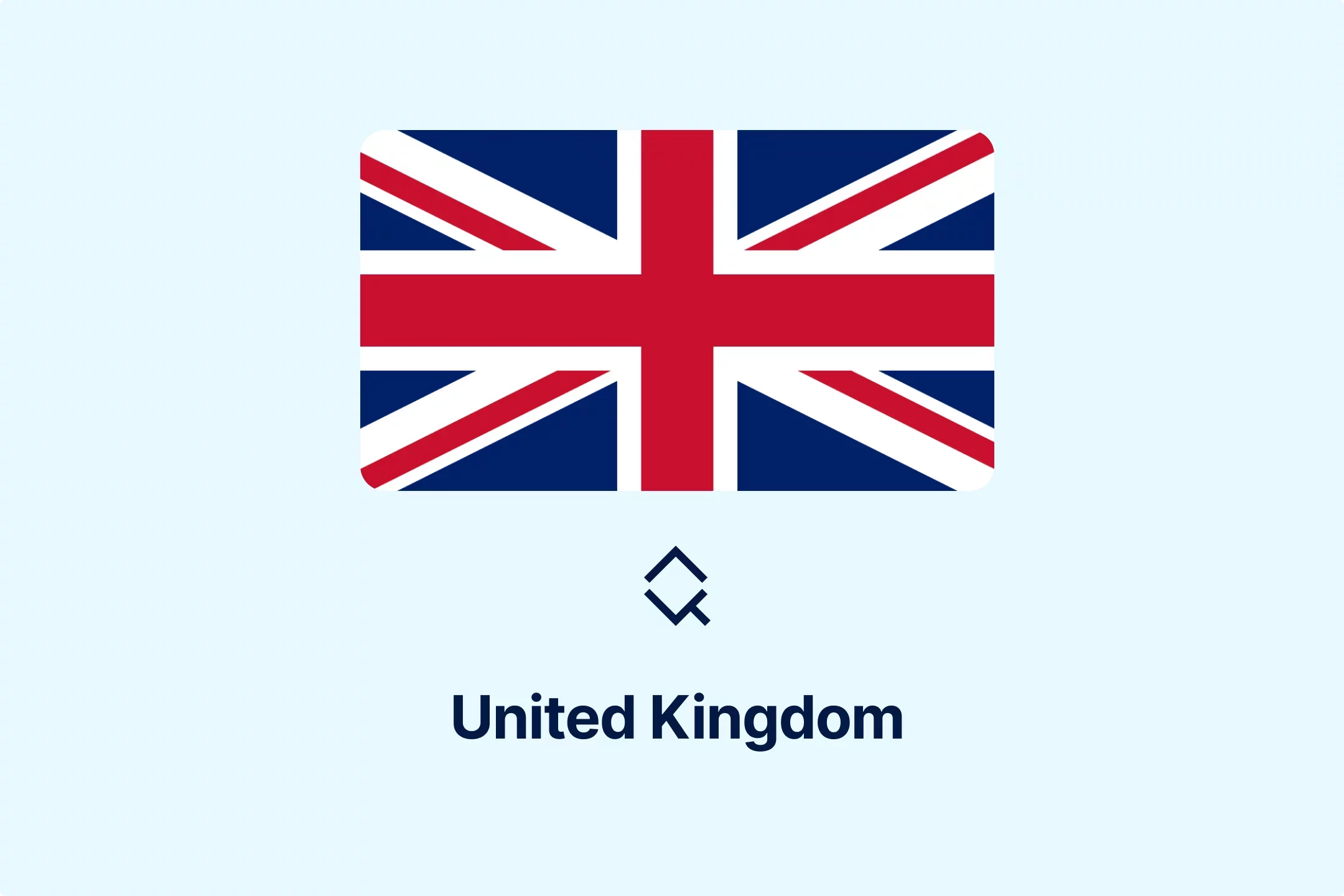
-zp2n6zixoa.webp)
-oa1ynbm4sn.webp)

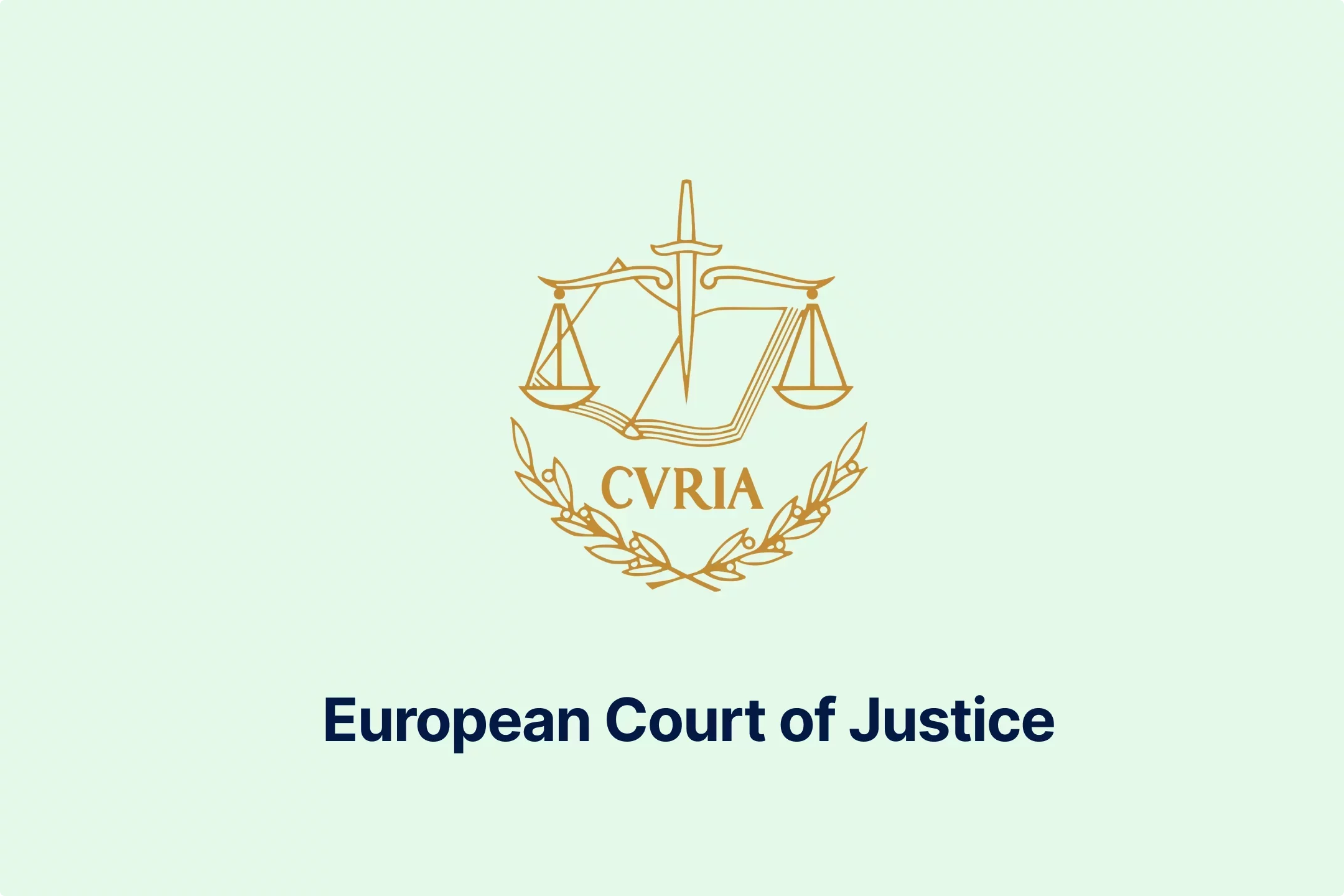
-lltkno6txy.webp)


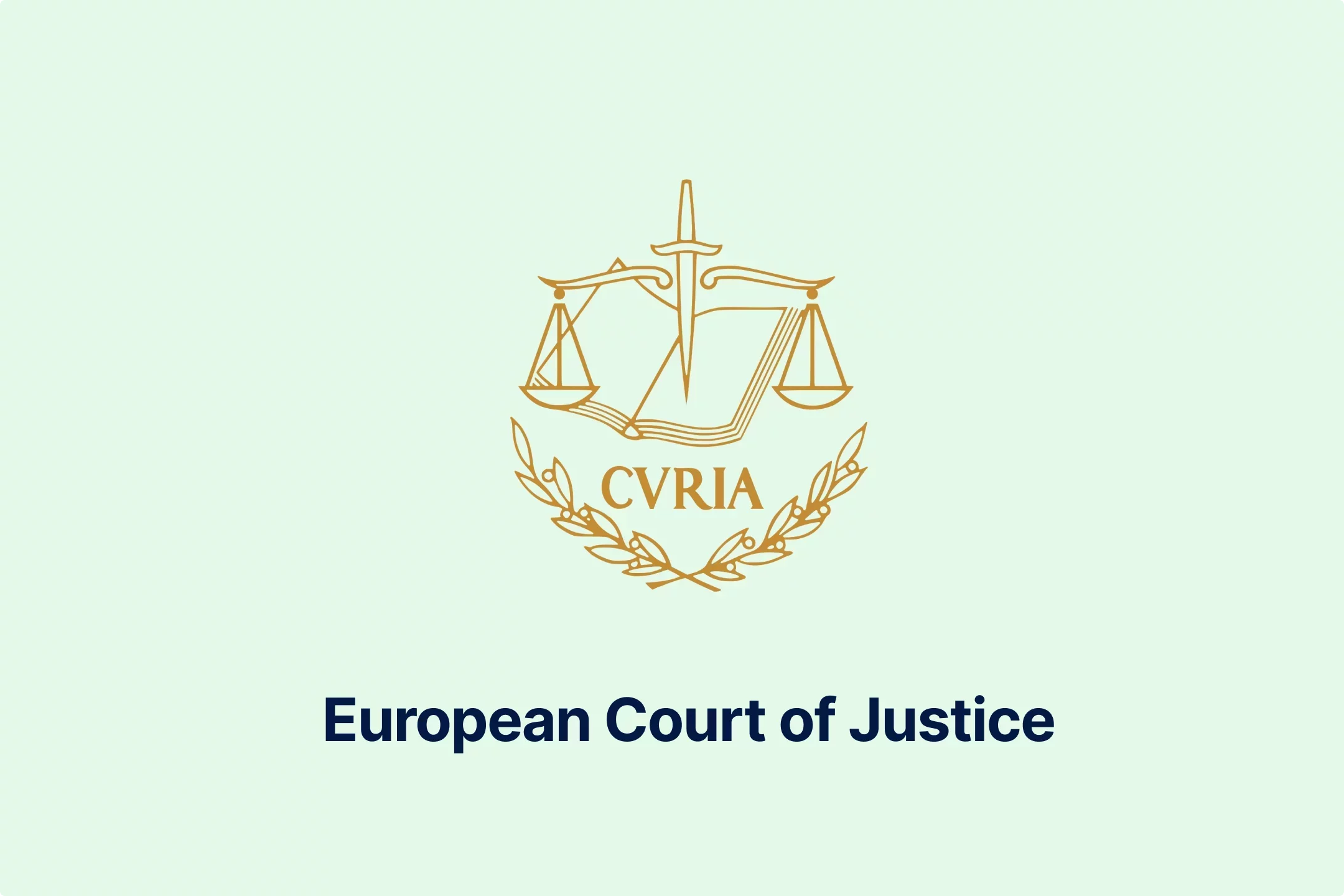
-do38odrqnq.webp)
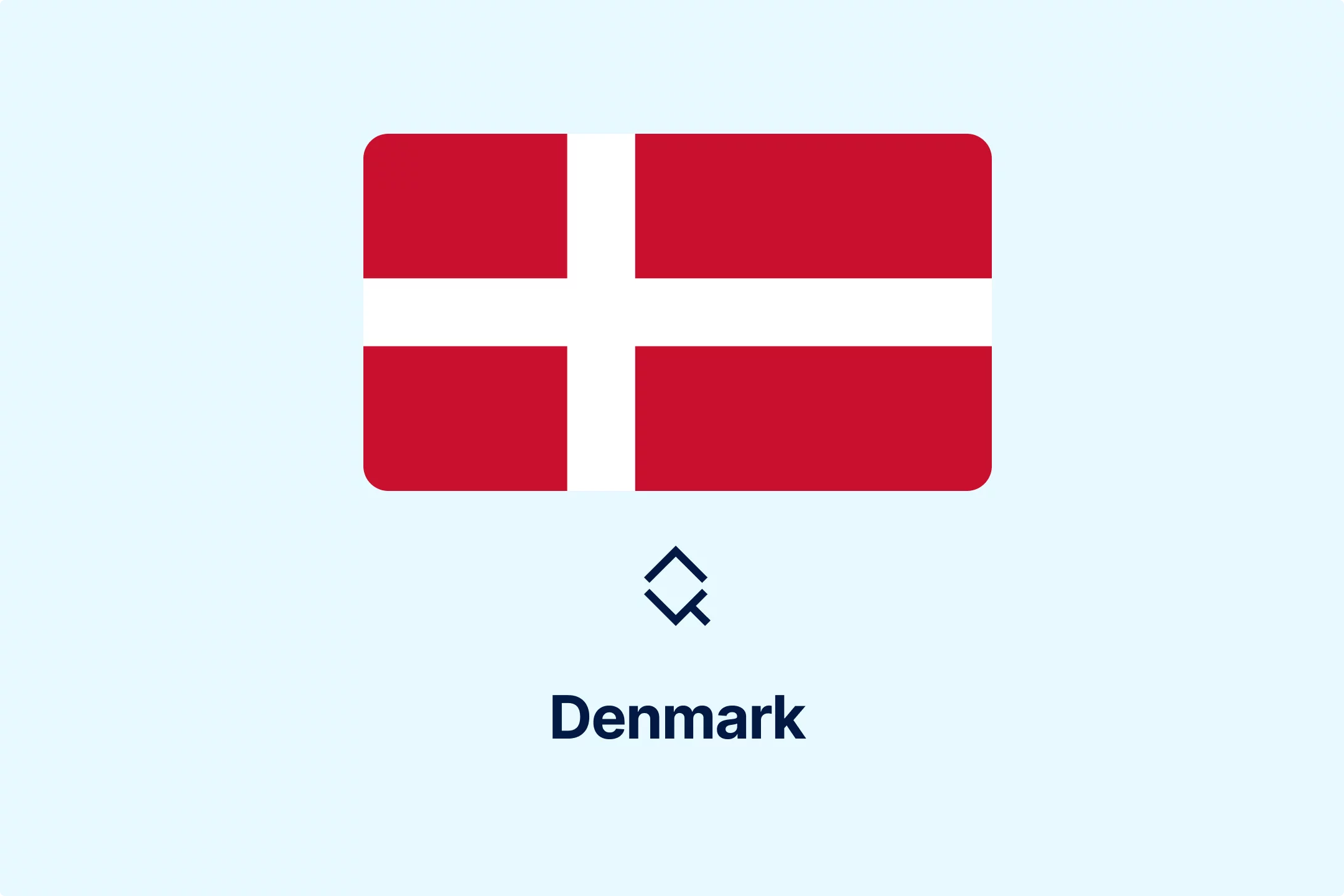
-t409oldqzt.webp)
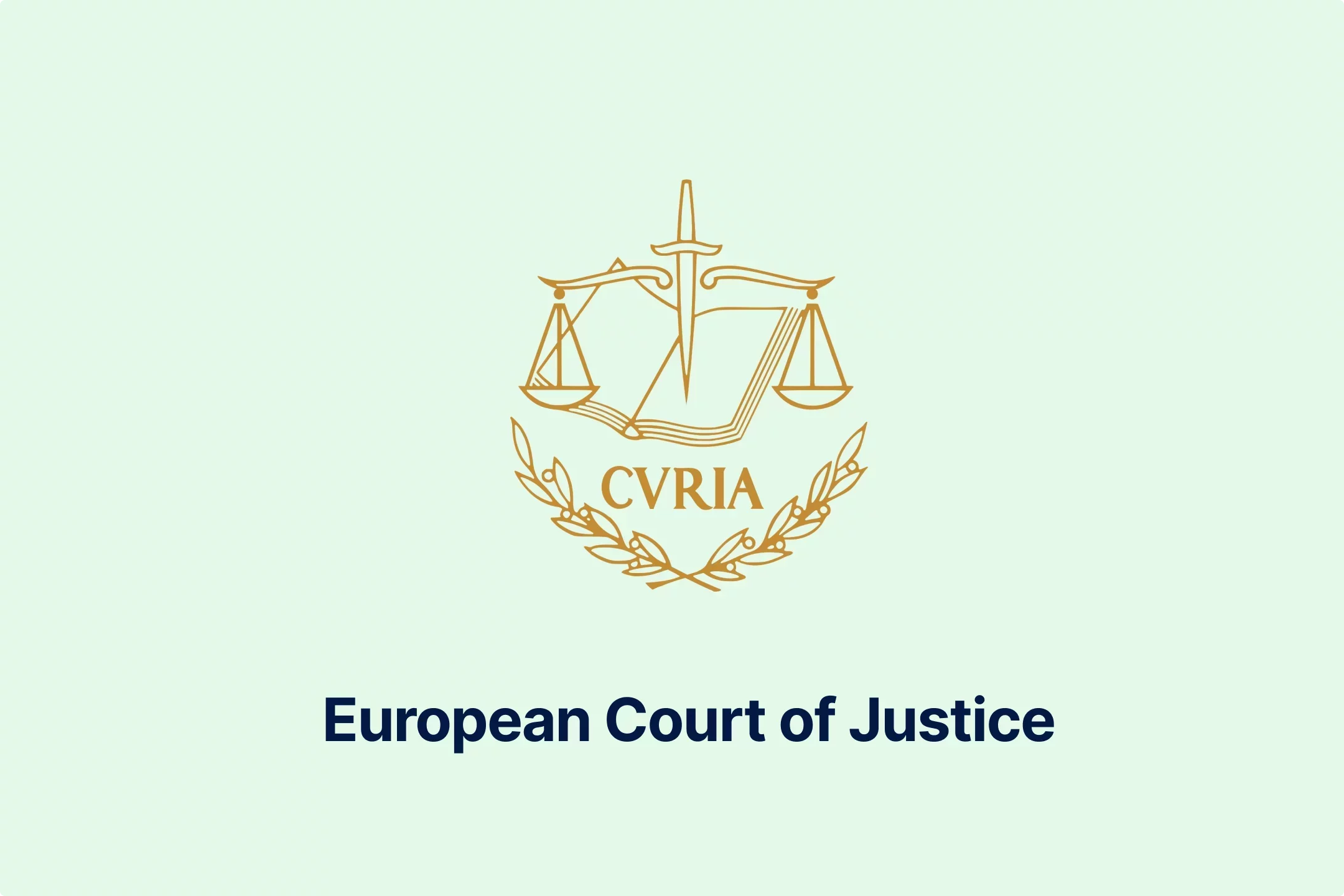
-hordopb6xh.webp)
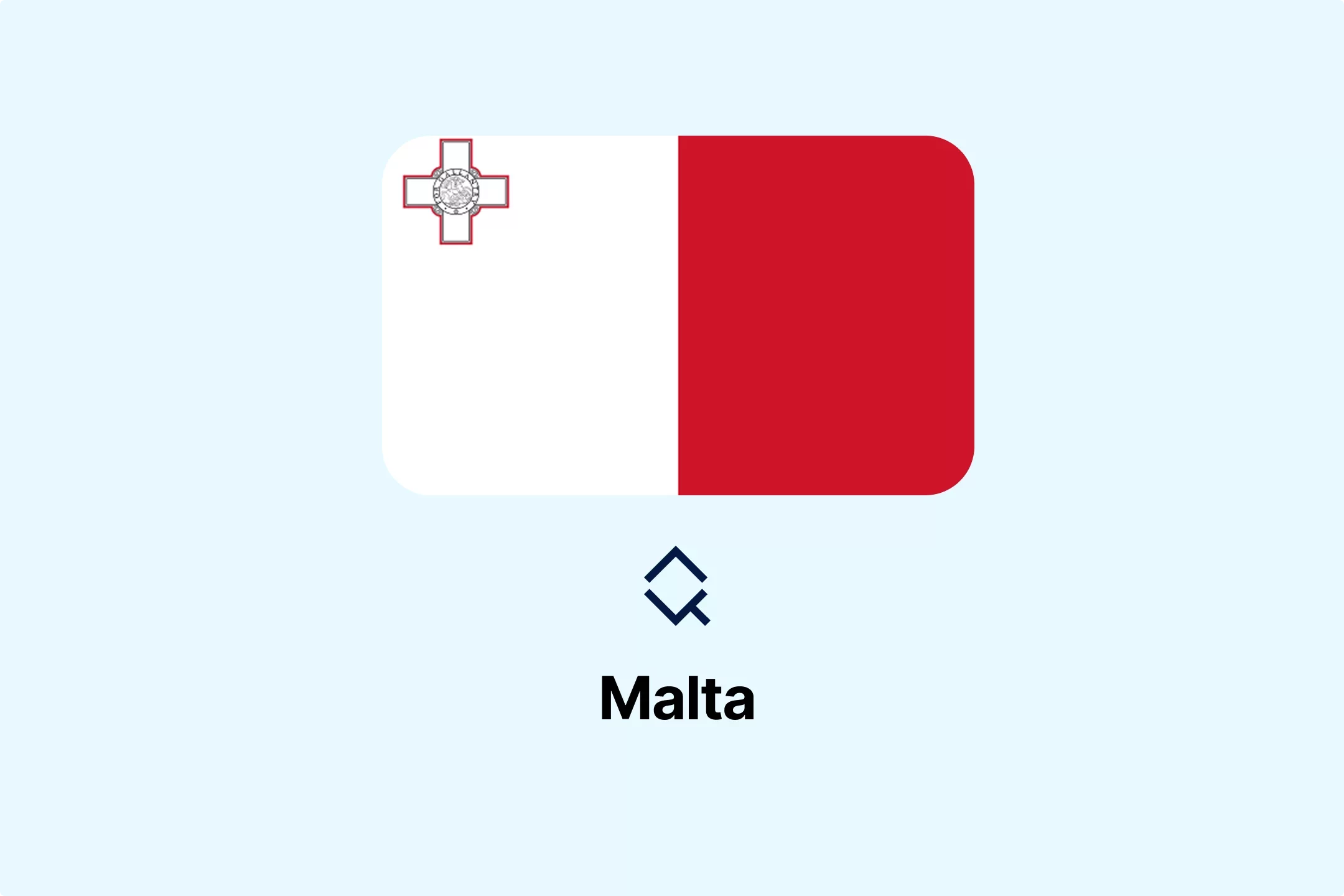
-ooimnrbete.webp)
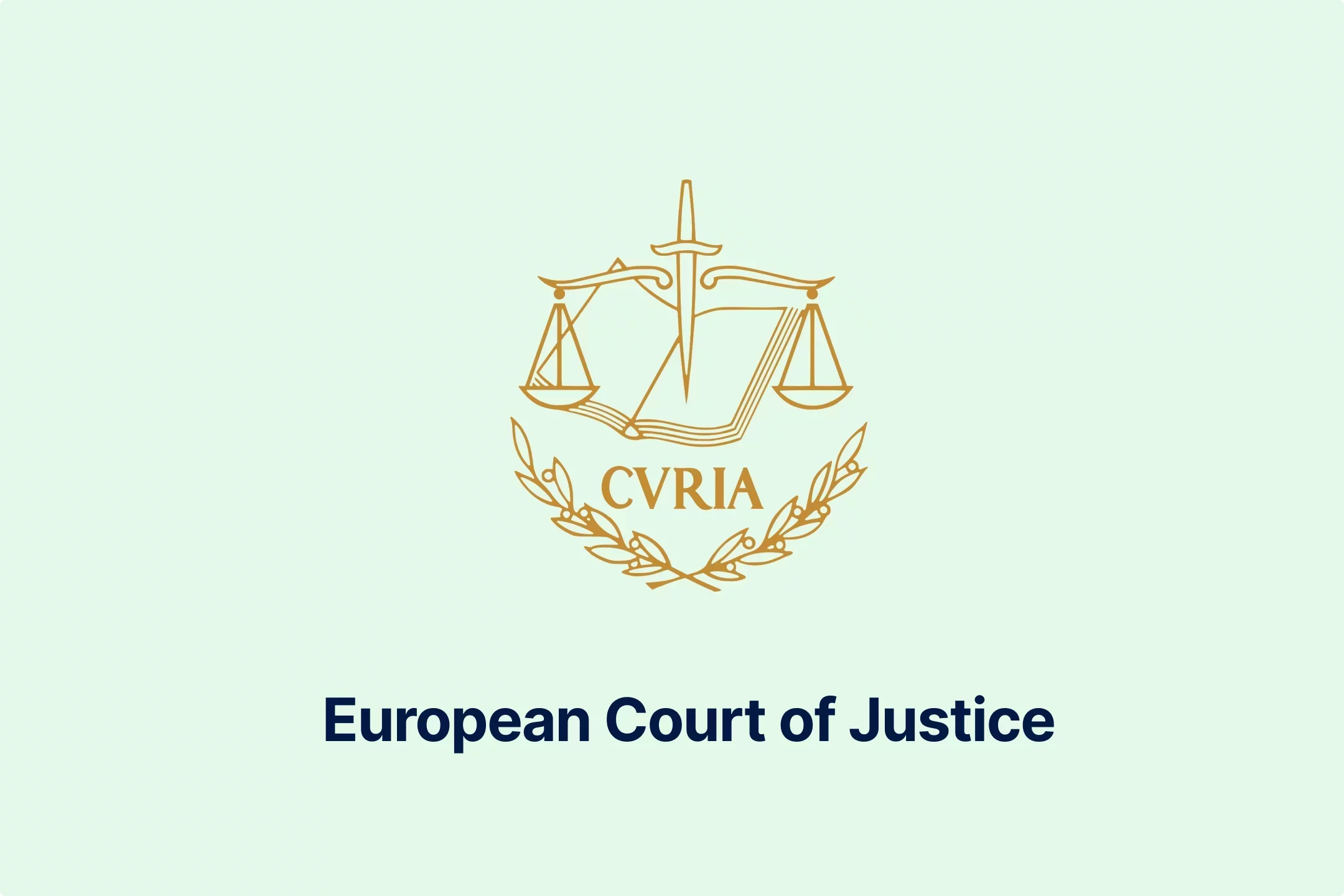
-lwb5qpsily.webp)
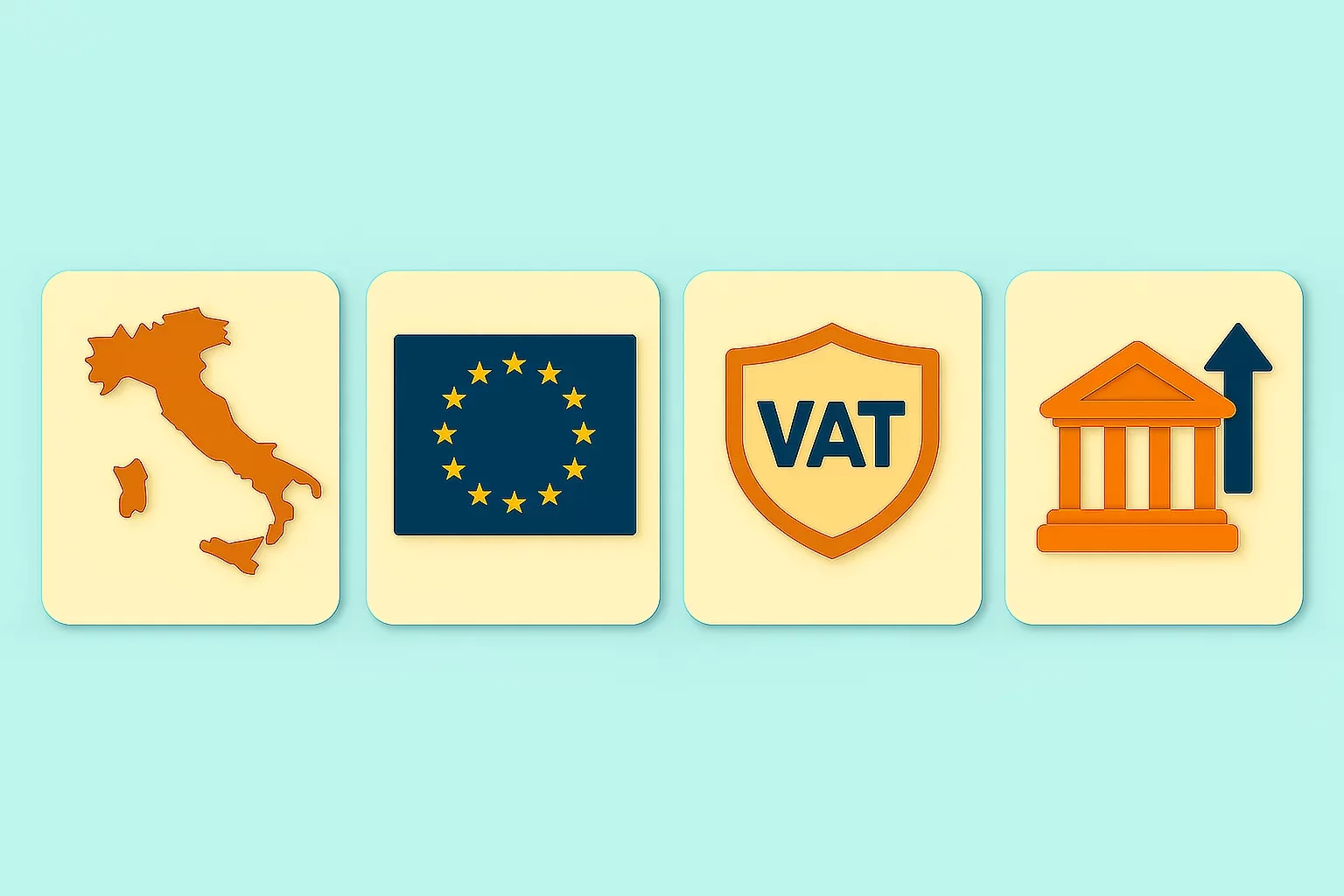
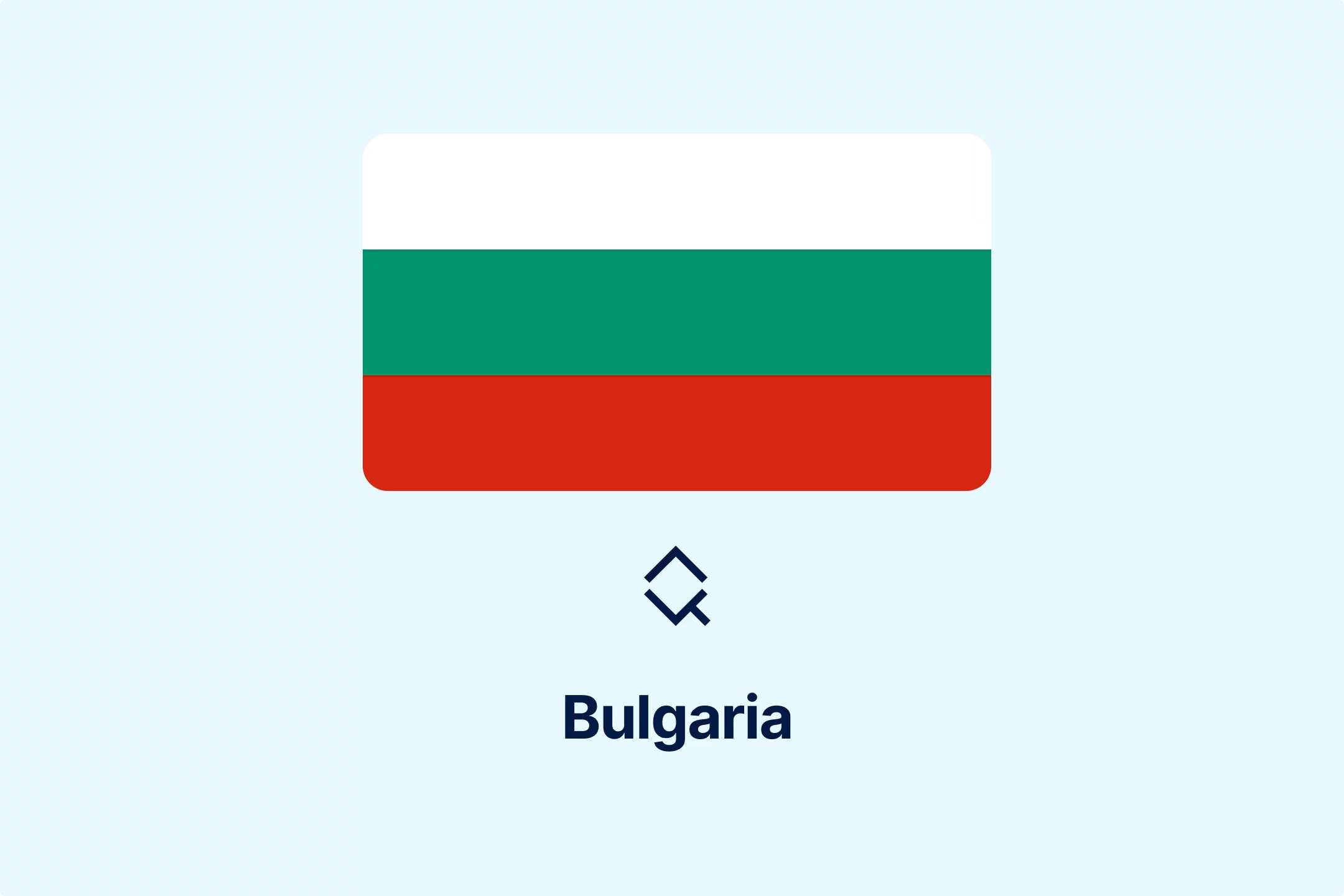
-eumafizrhm.webp)
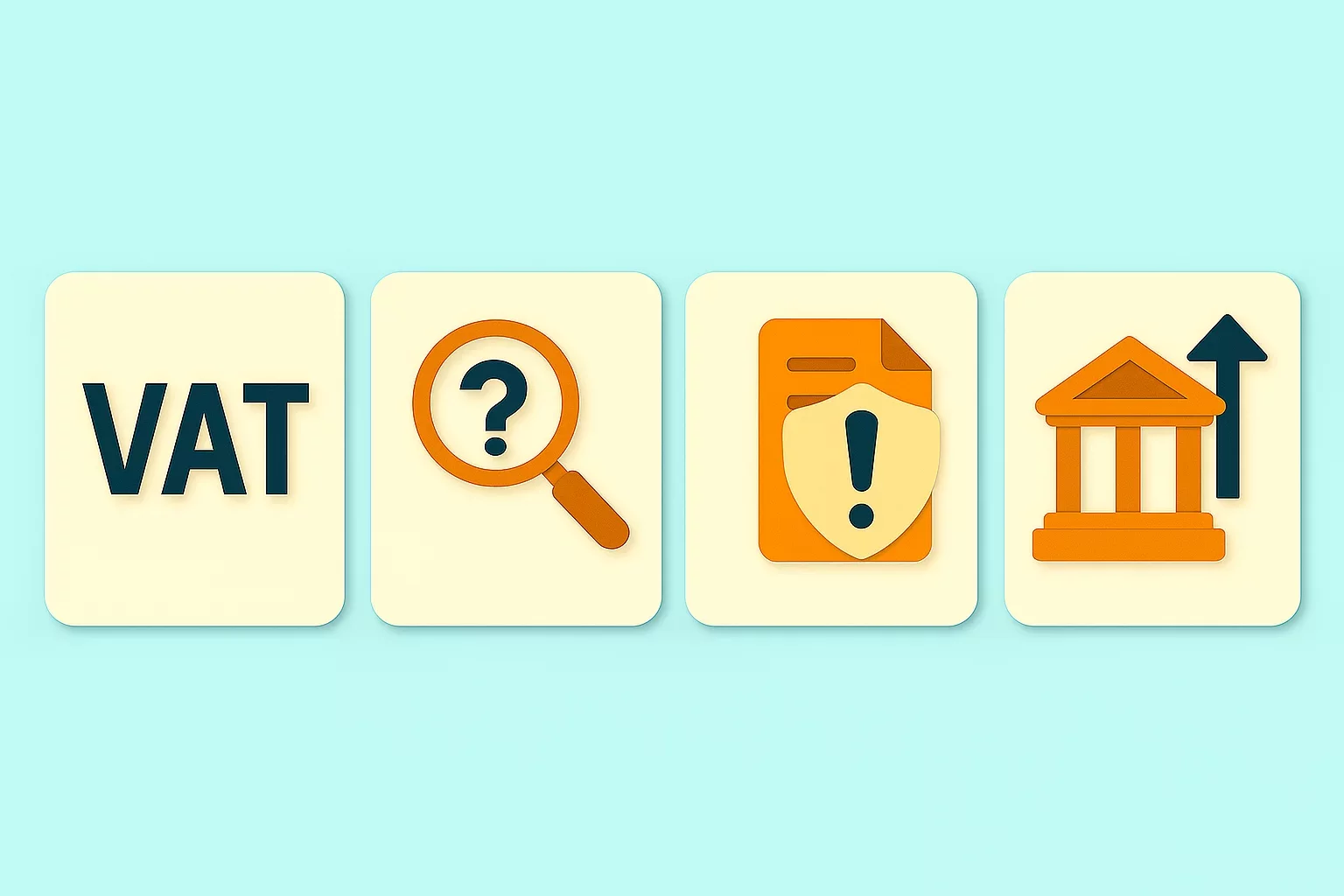
-mtqp3va9gb.webp)
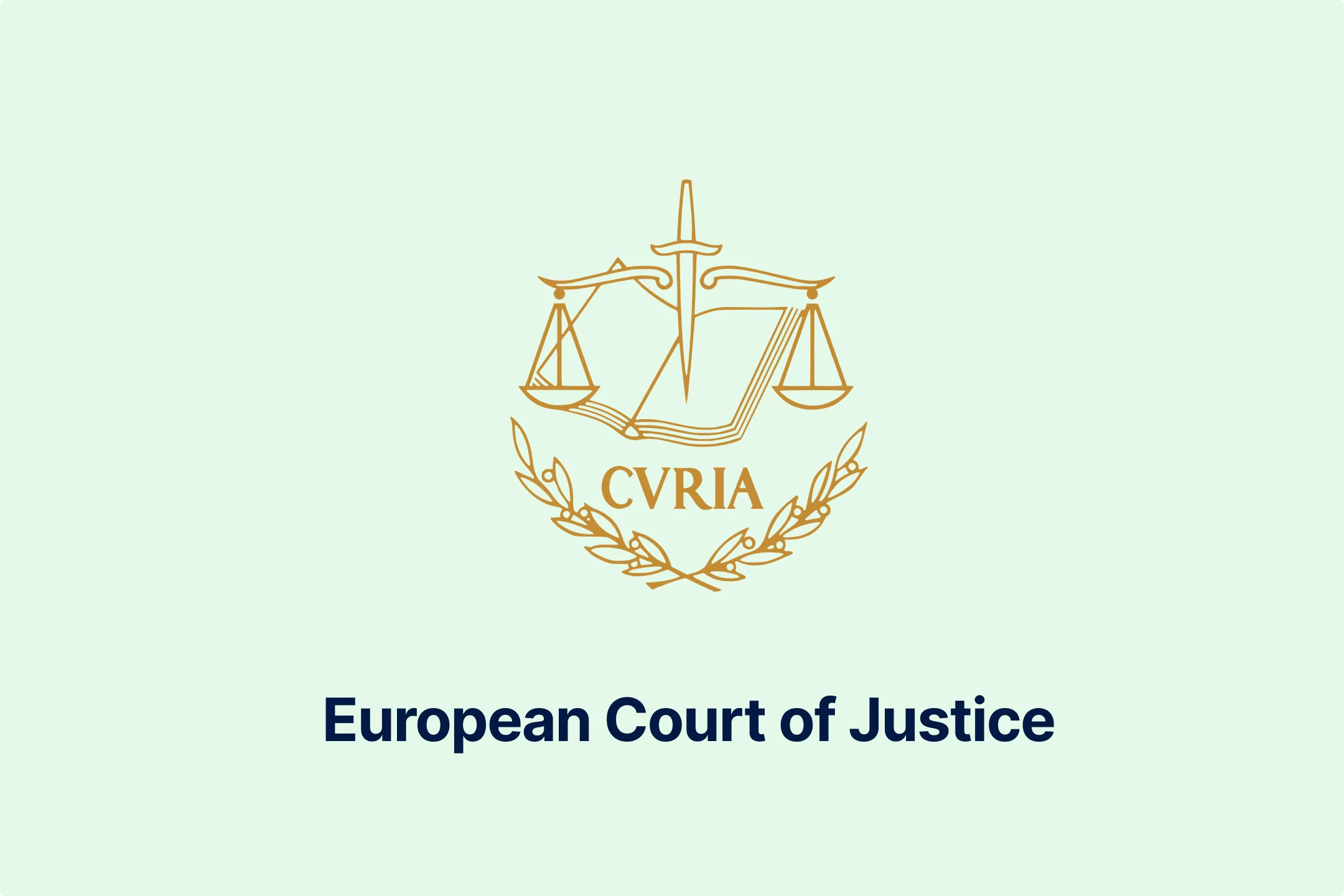
-3ewrn1yvfa.webp)
-591j35flz2.webp)
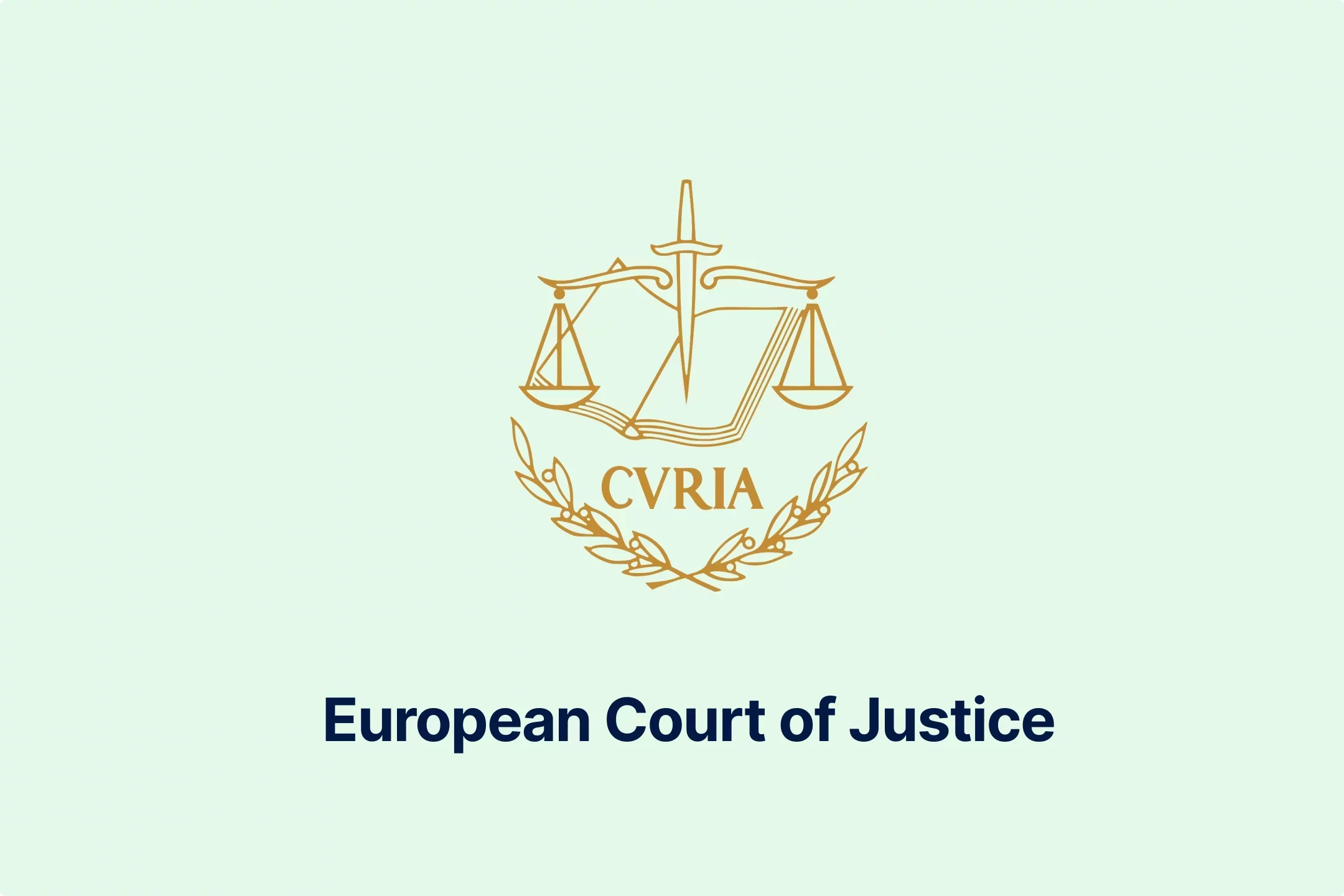
-huj3cam1de.webp)

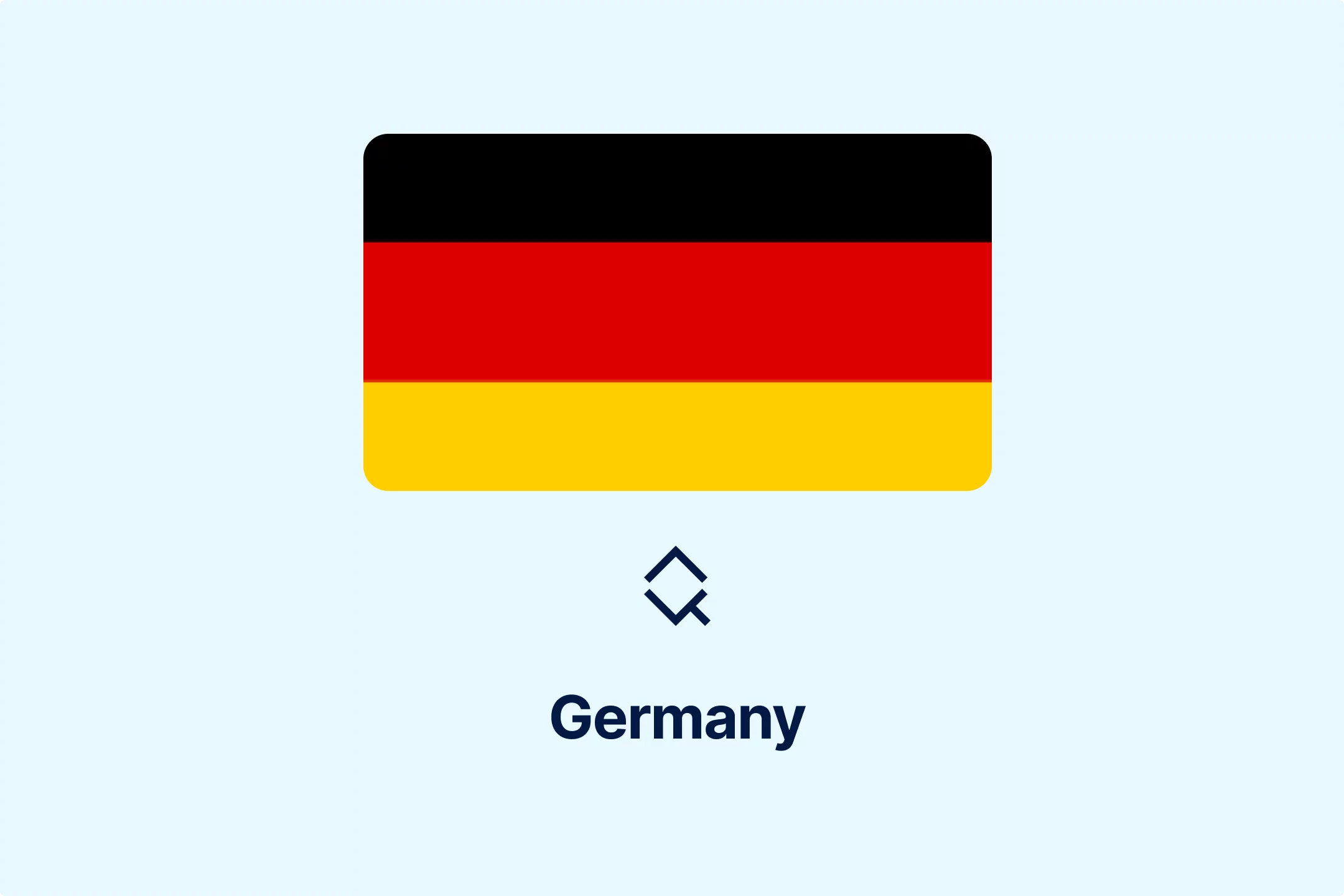
-hafis0ii23.webp)
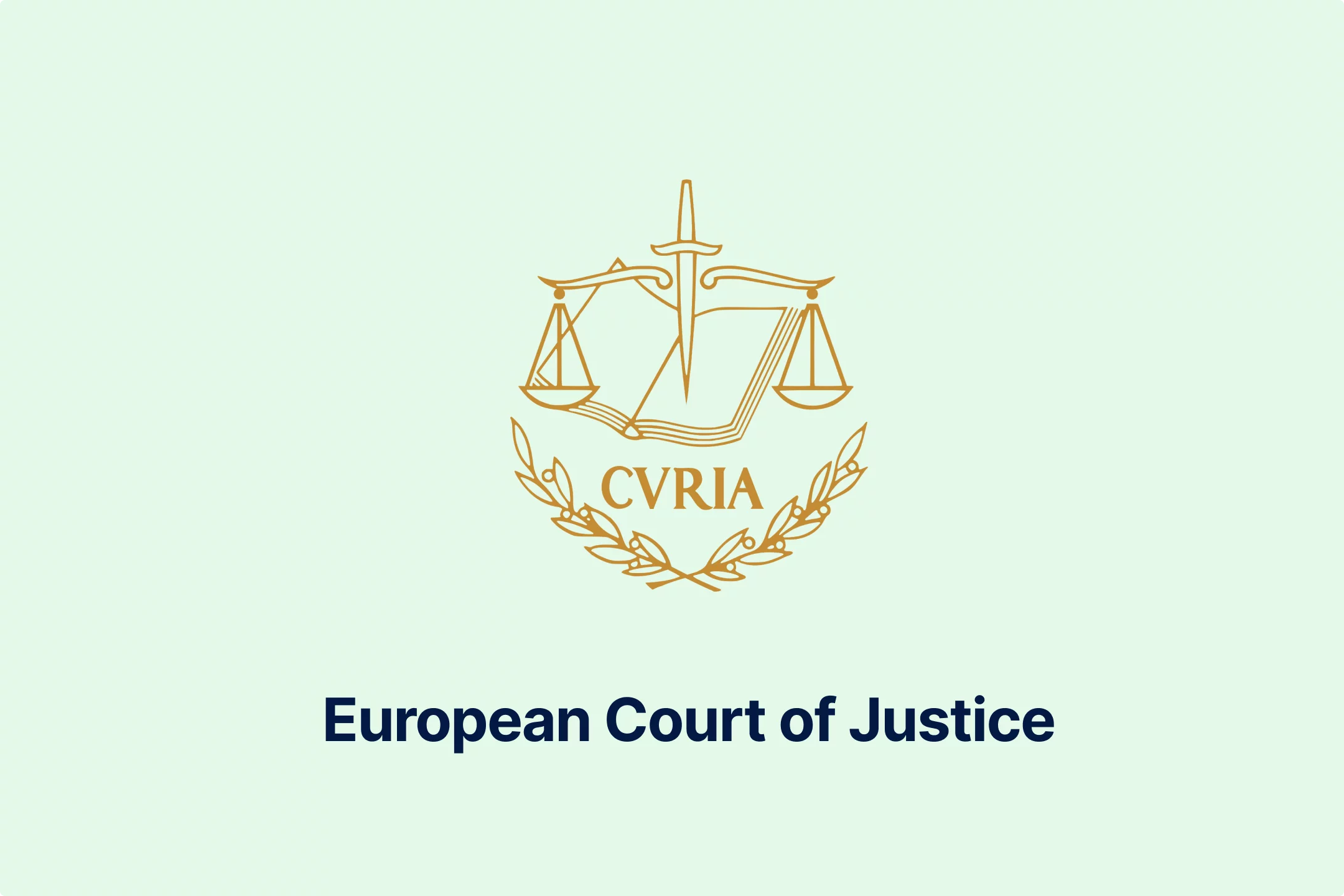
-qseaw5zmcy.webp)
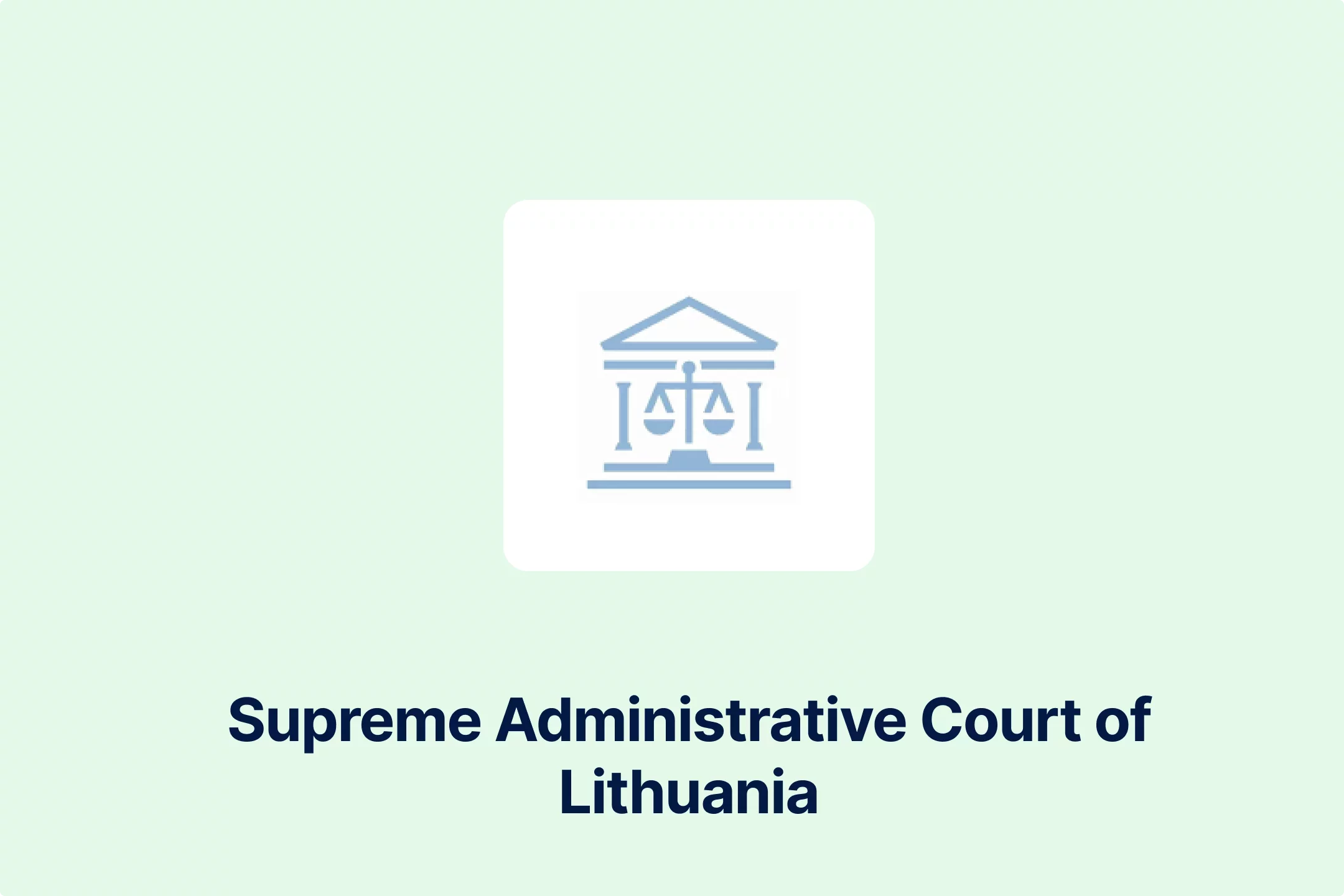
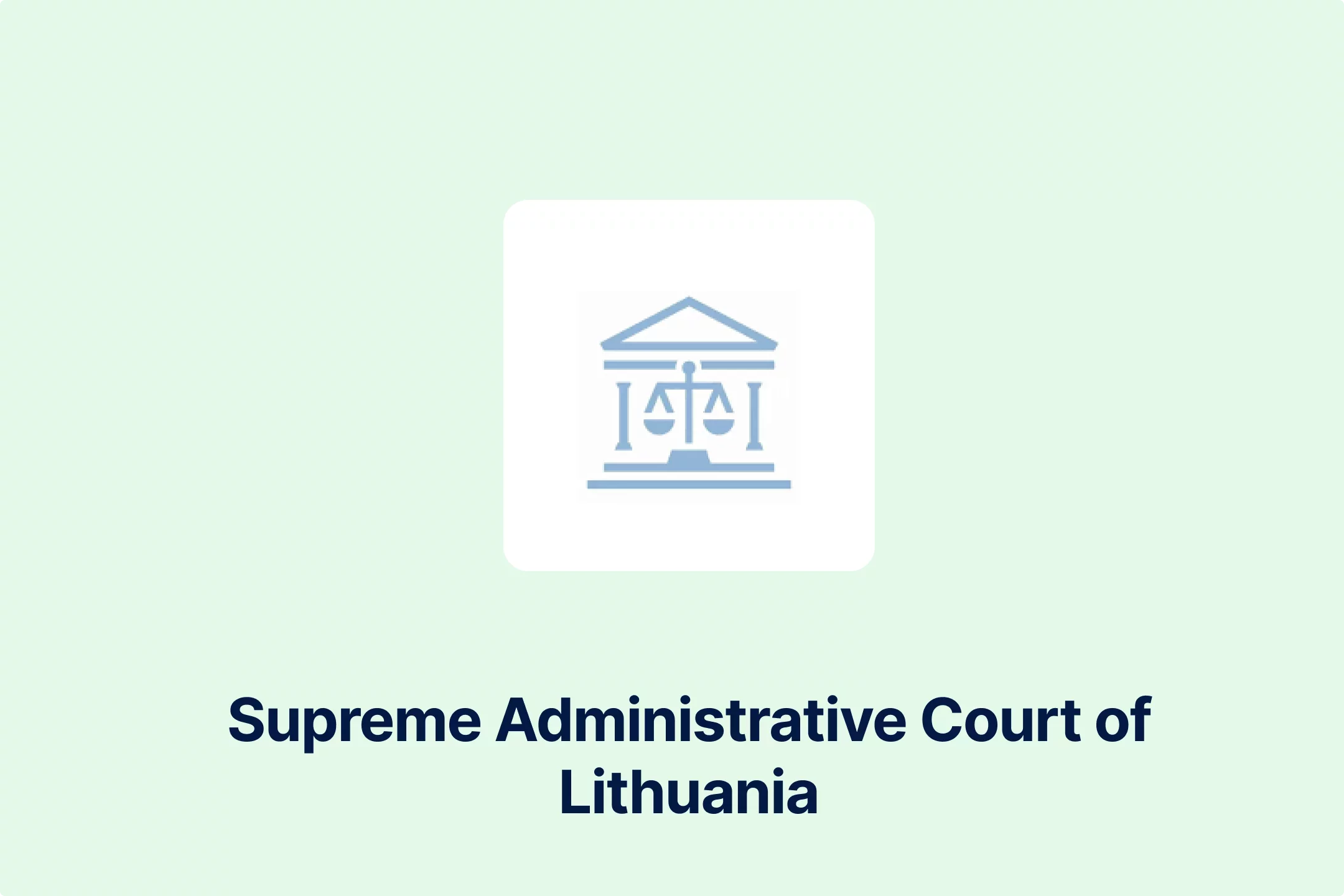

-qzsah2ifqx.webp)
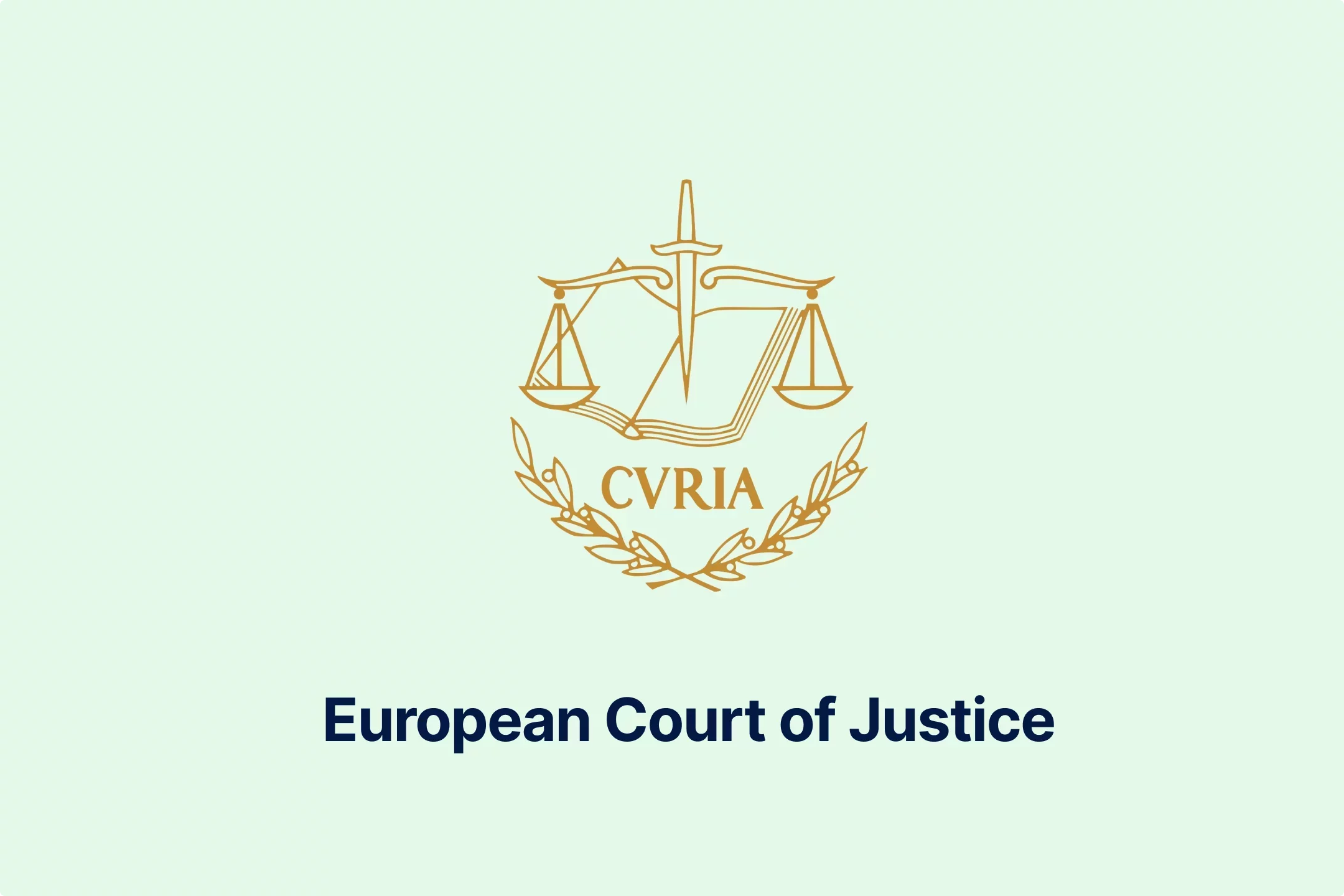
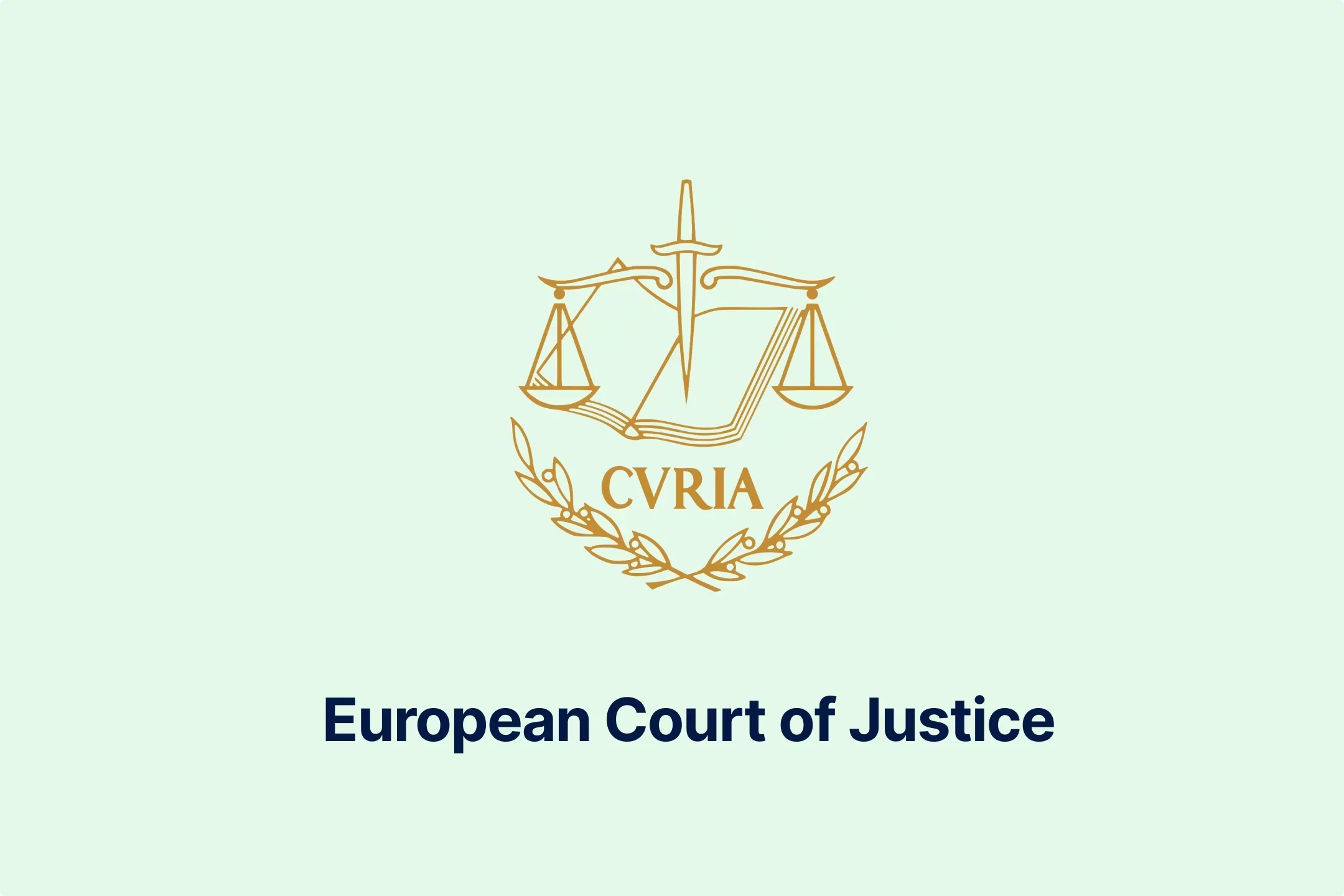
-69rzooghib.webp)
-wrvng98m0g.webp)
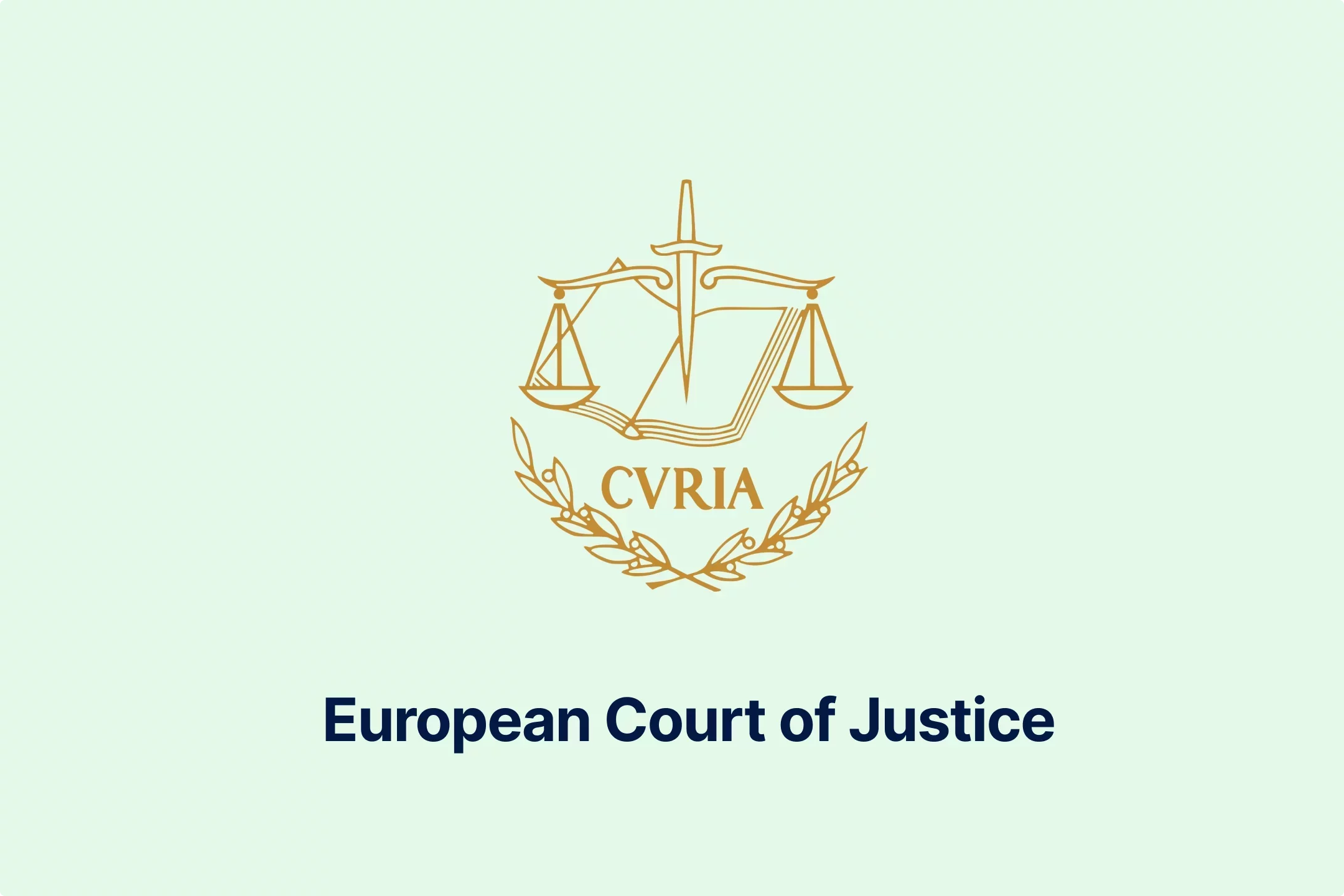
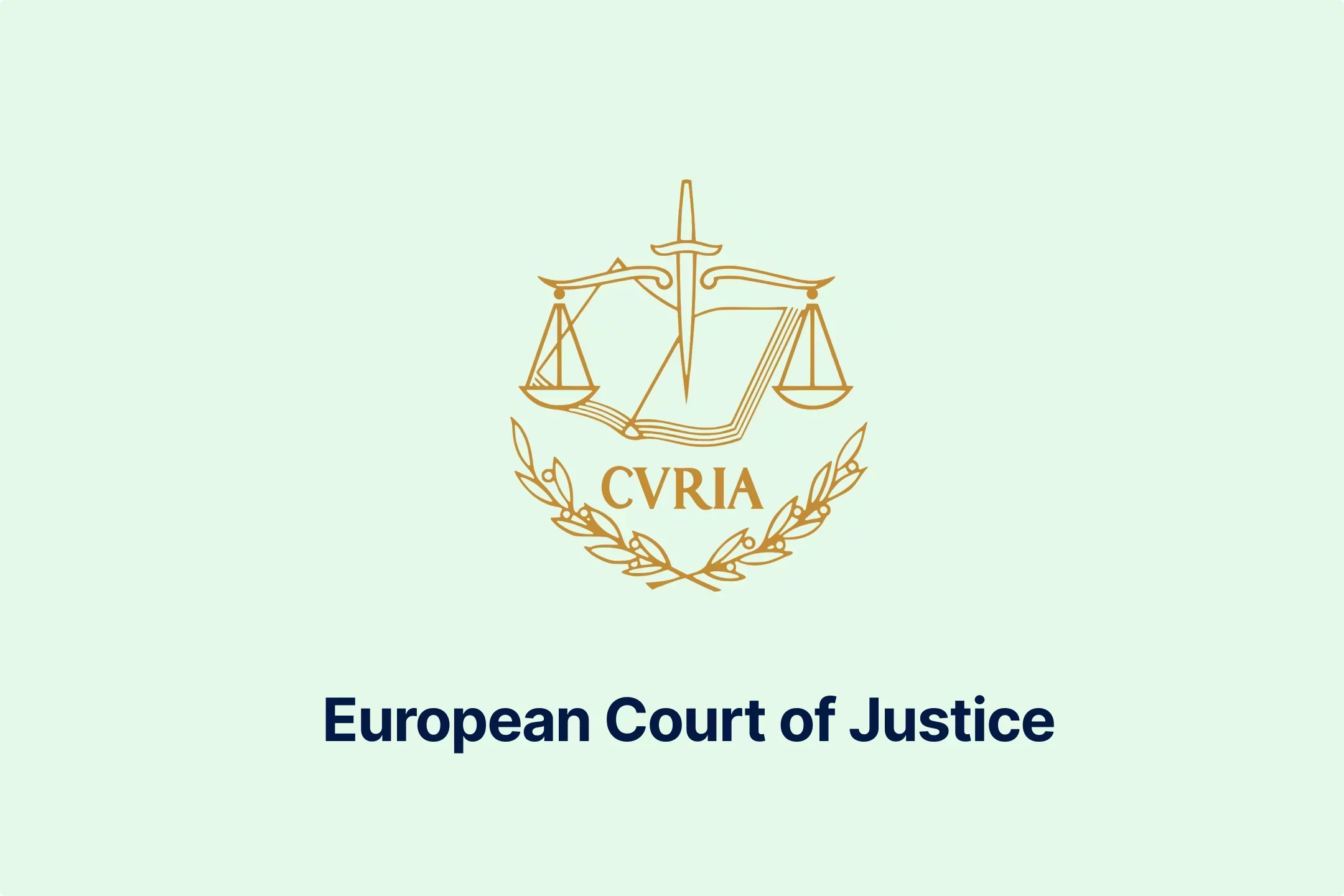
-psucycuxh2.webp)
-klyo8bn5lc.webp)
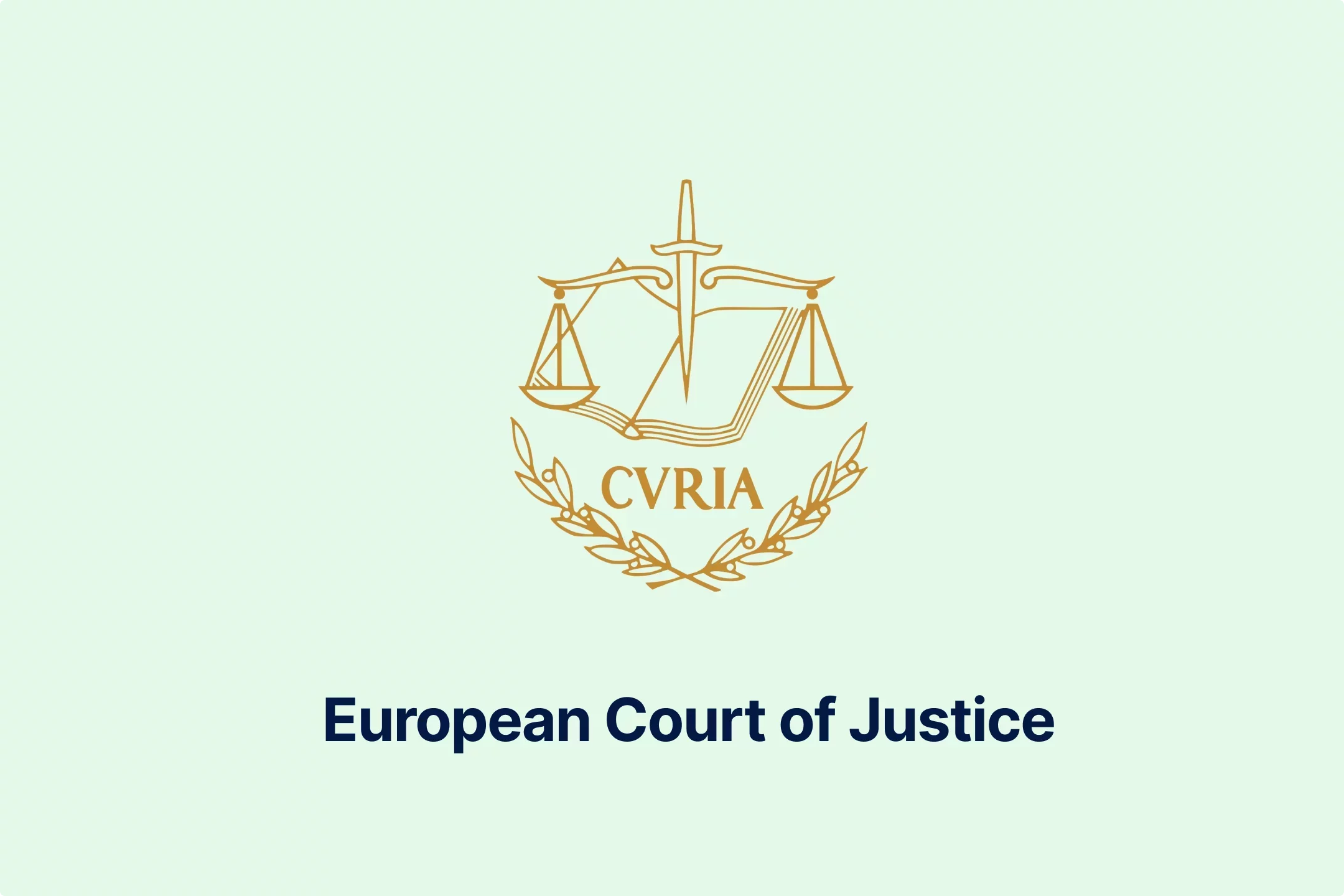
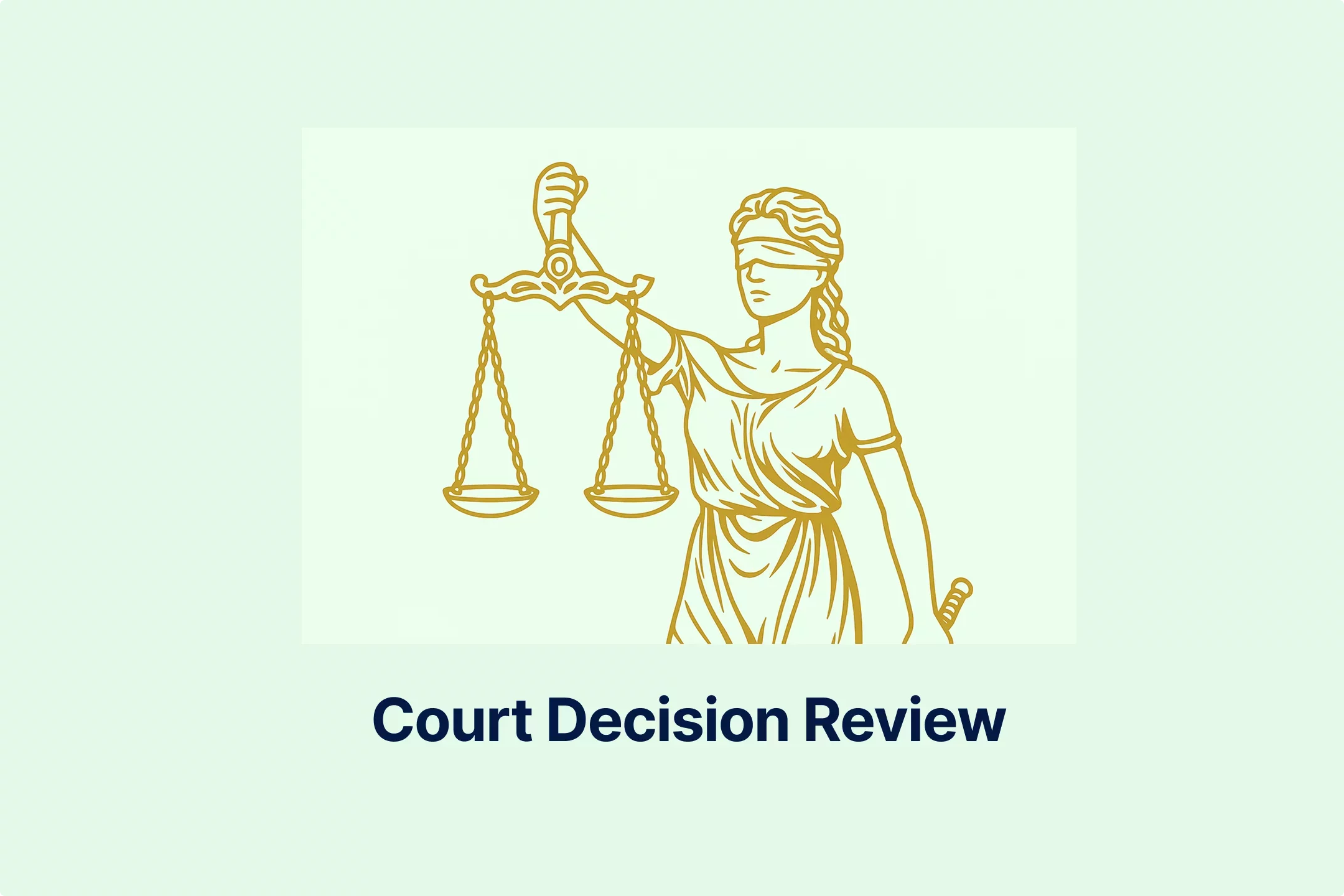
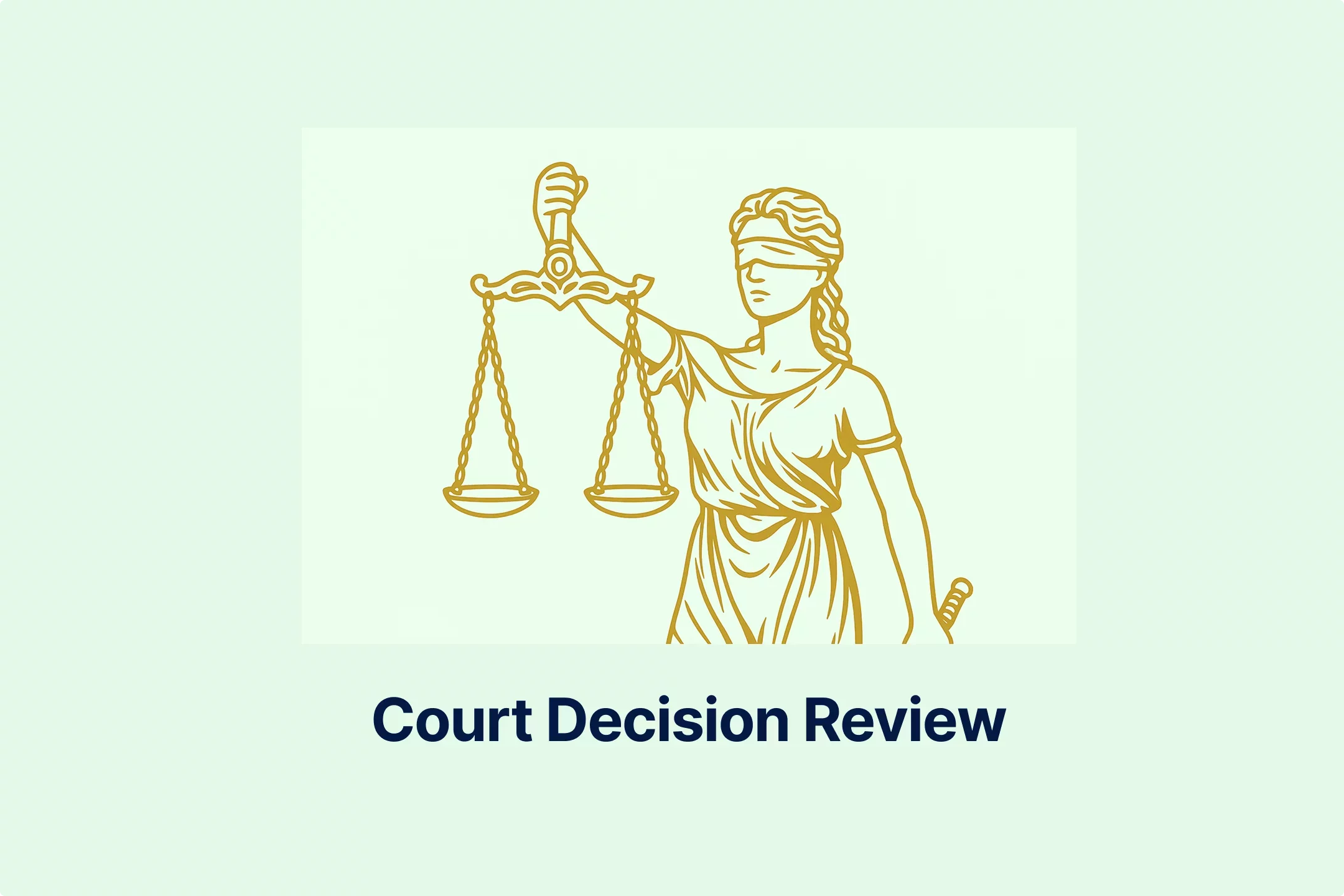
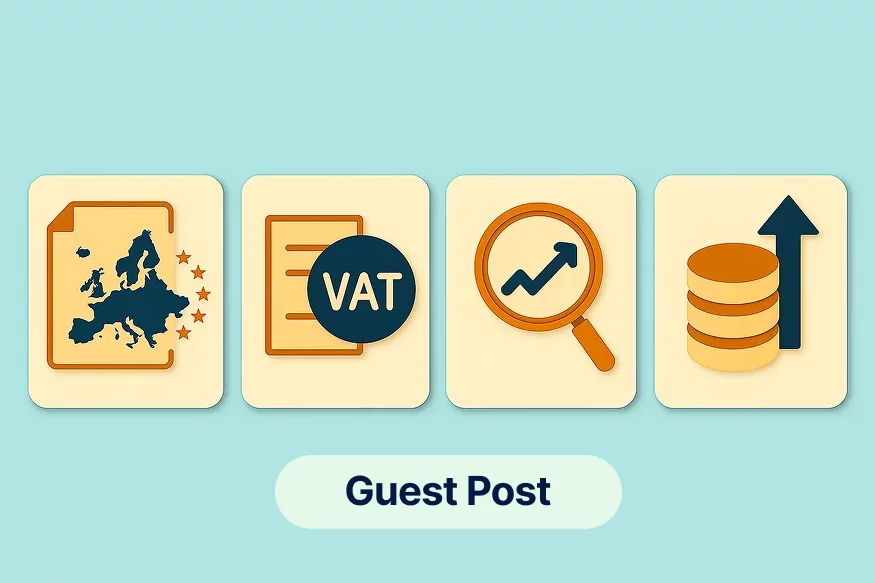
-6wv5h5eyyd.webp)
-tfgg78rbid.webp)
-a6jpv9ny8v.webp)
-qhdbapy0qr.webp)
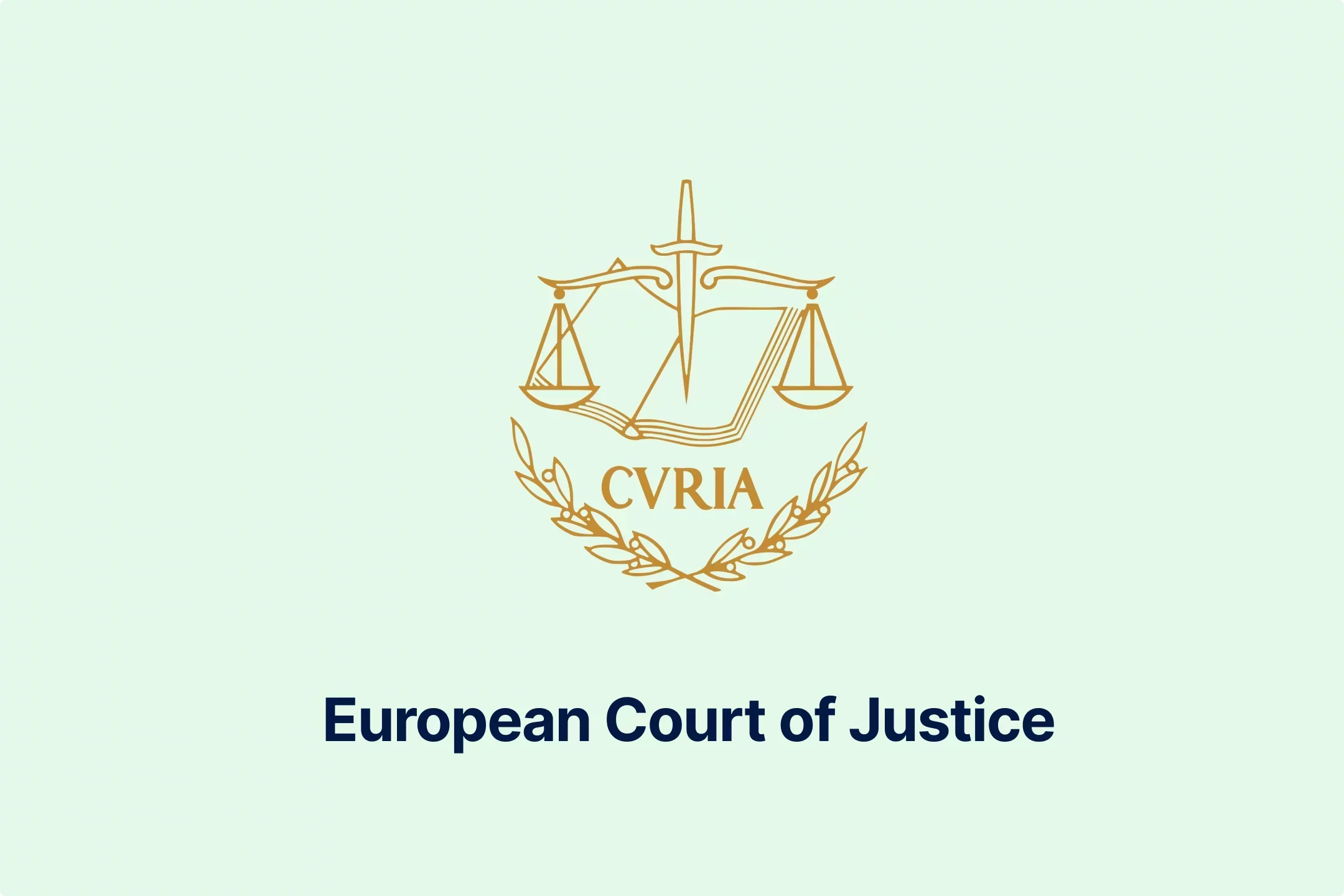
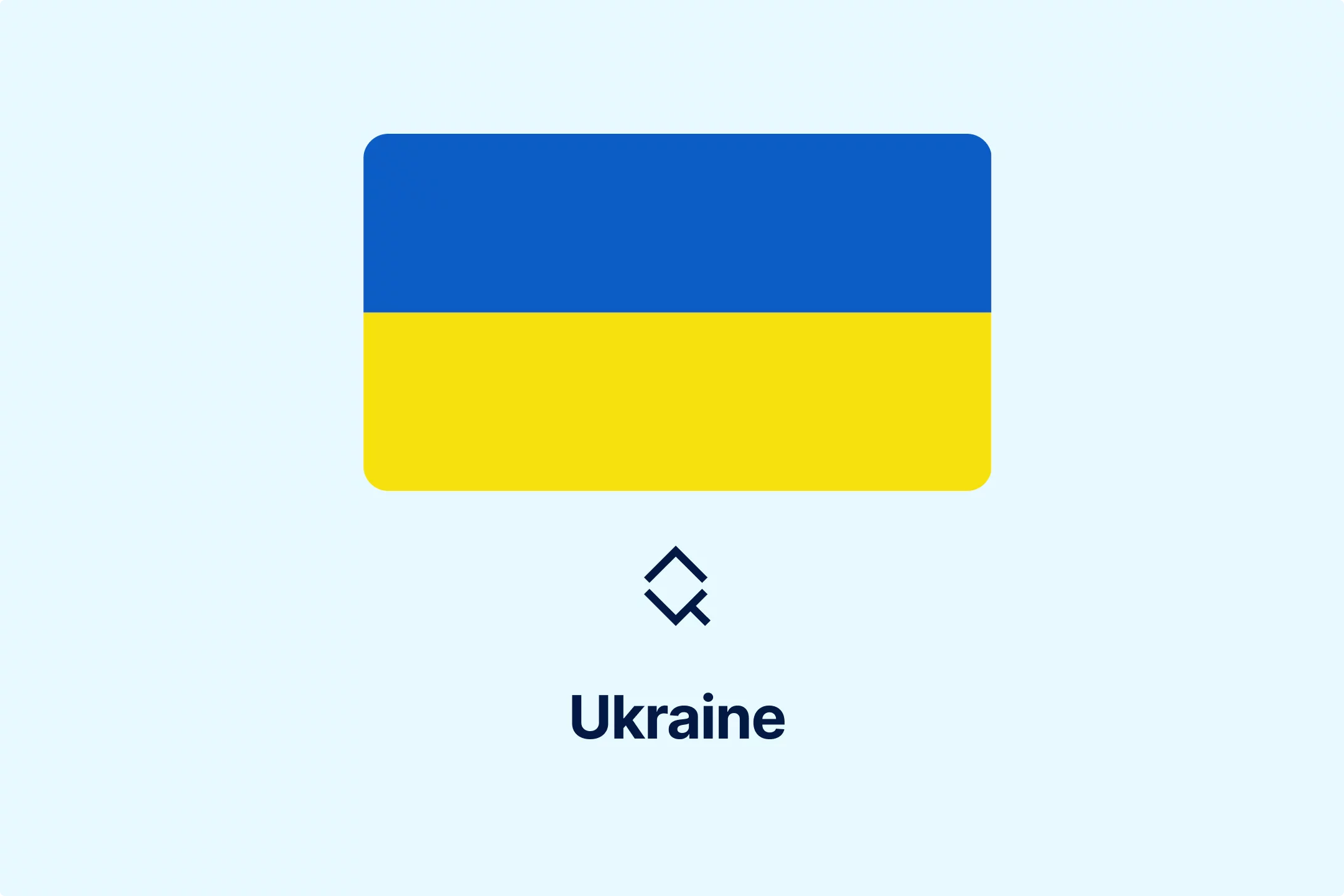
-owvu7zoc13.webp)
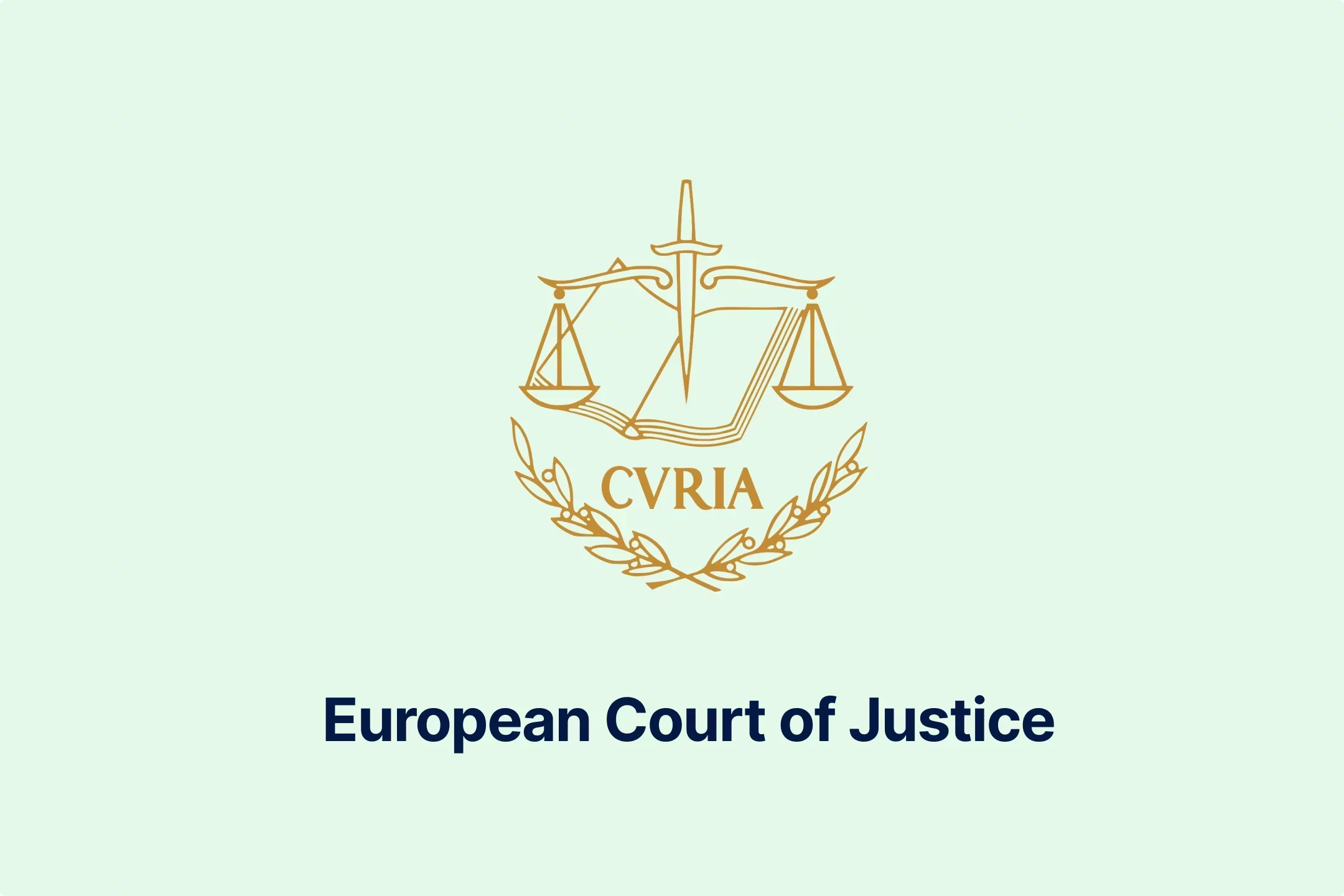

-h28jrh1ukm.webp)
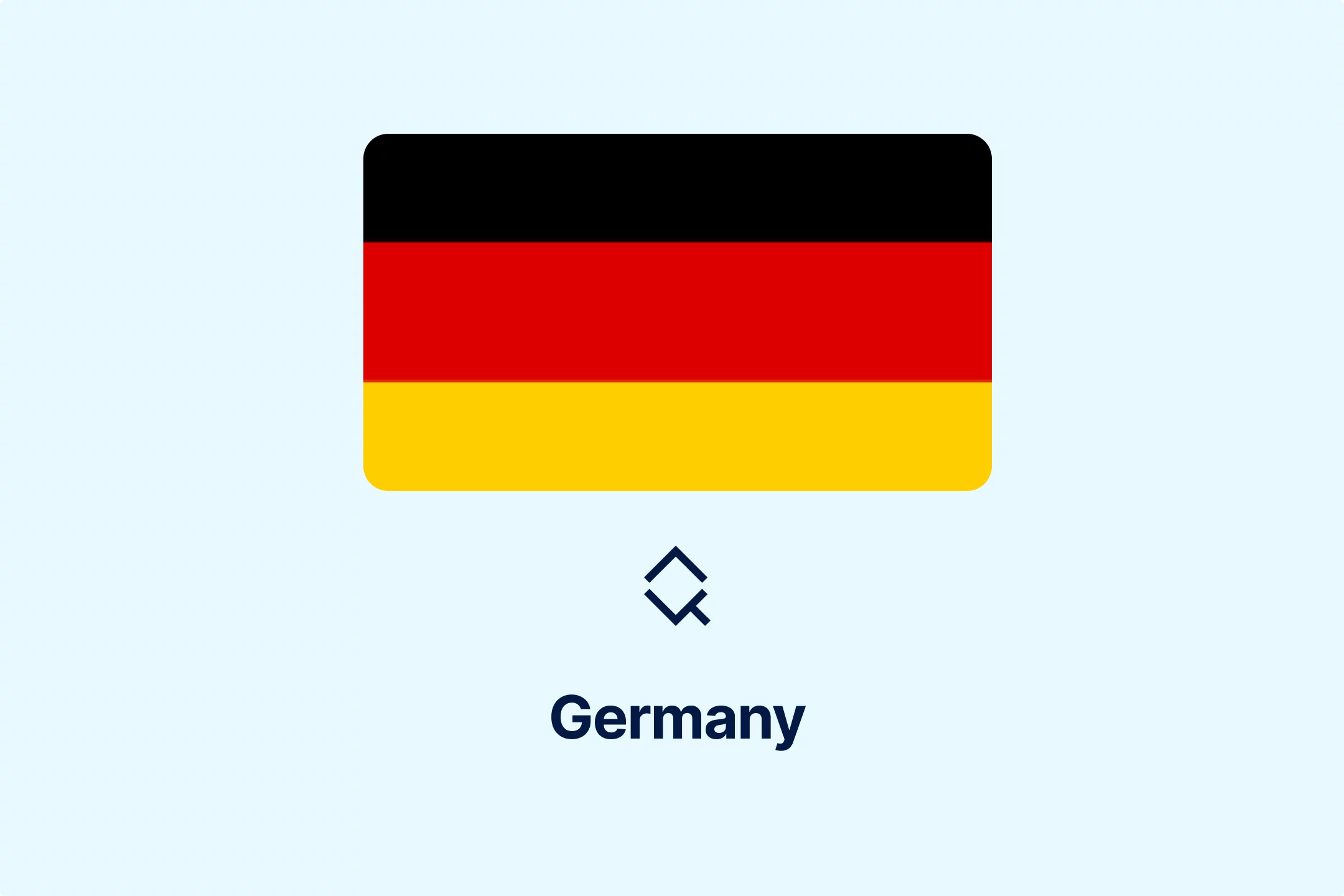
-wl9bl1rw3a.webp)
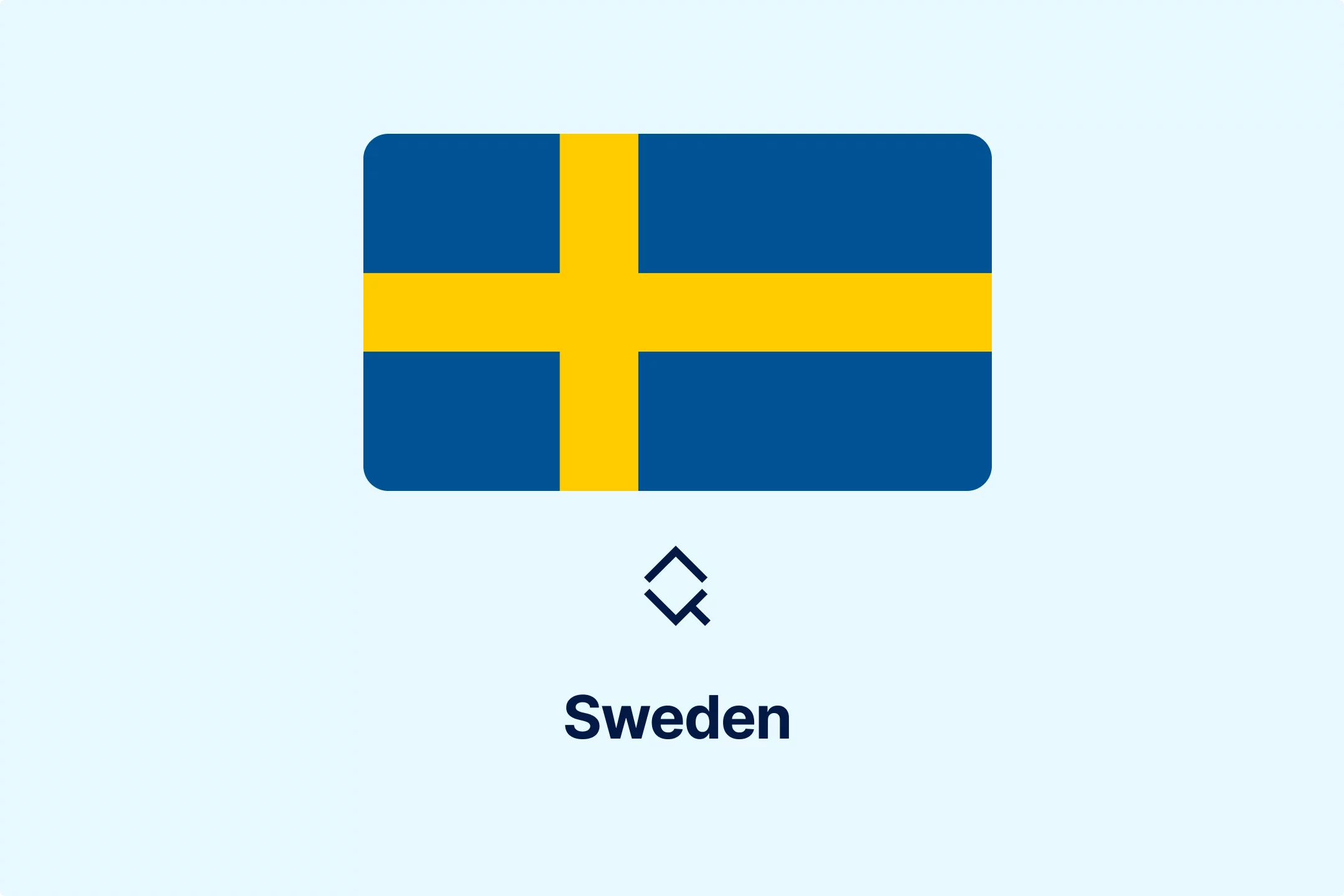
-2w76jtvtuk.webp)
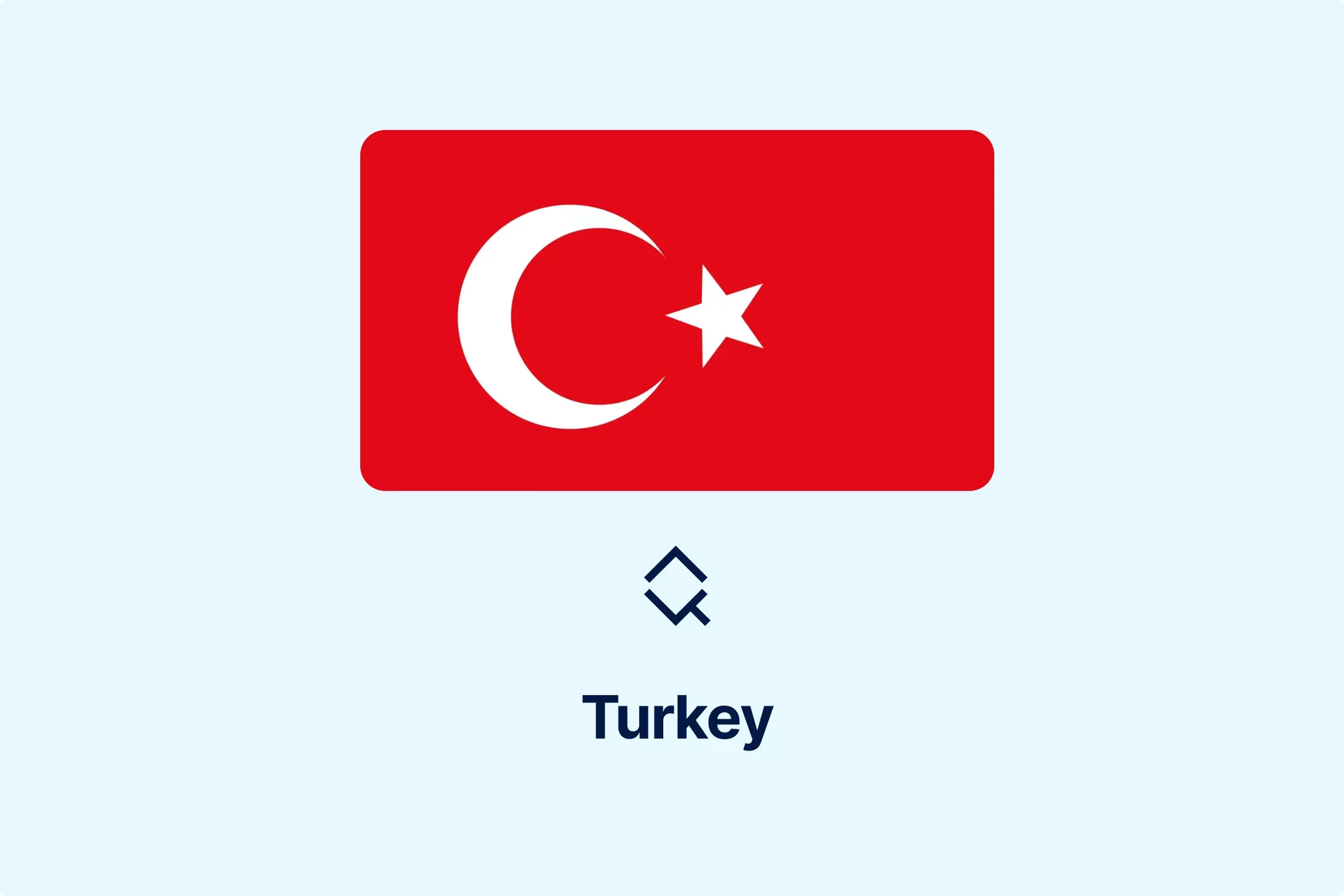
-c0uvrmrq9j.webp)
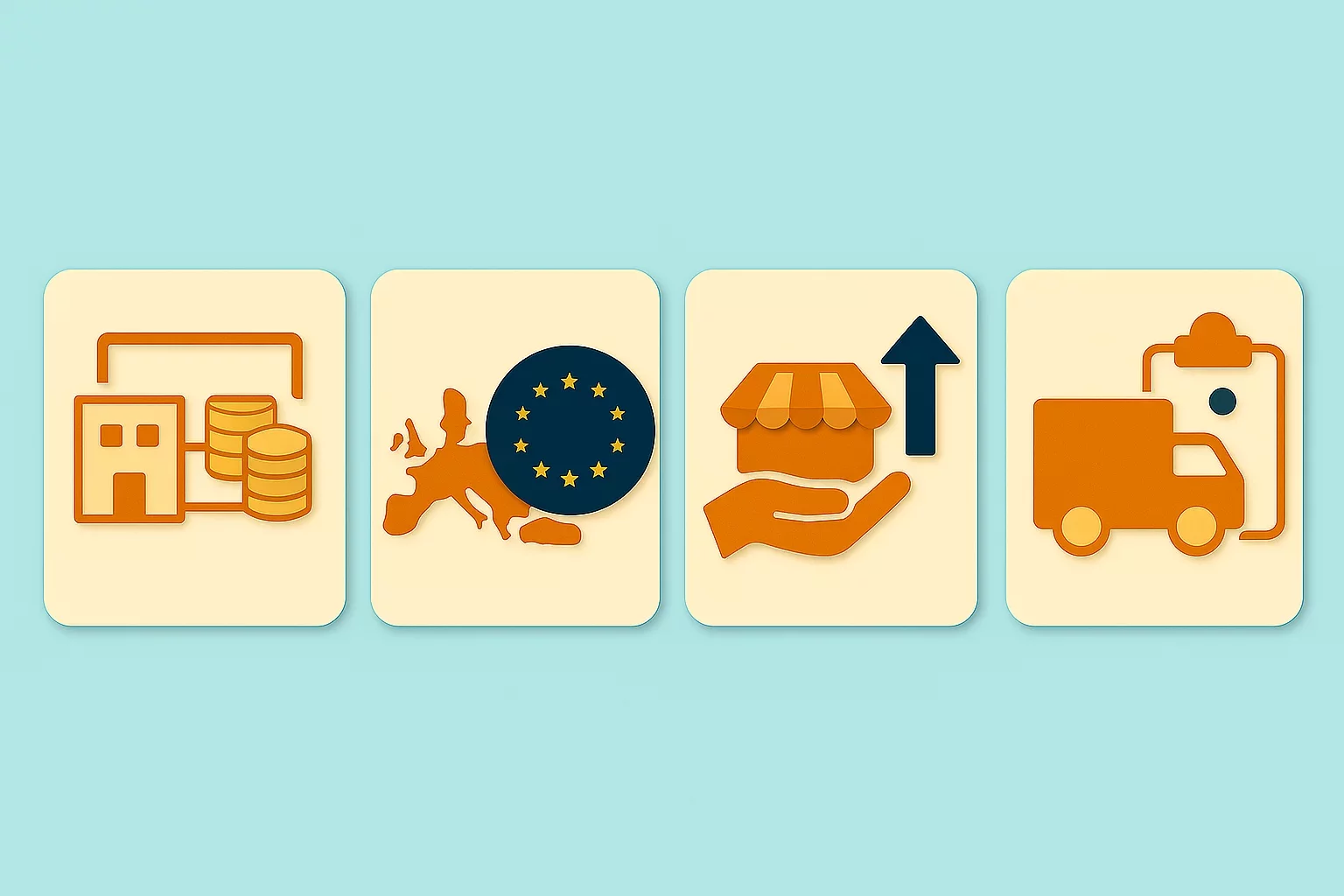
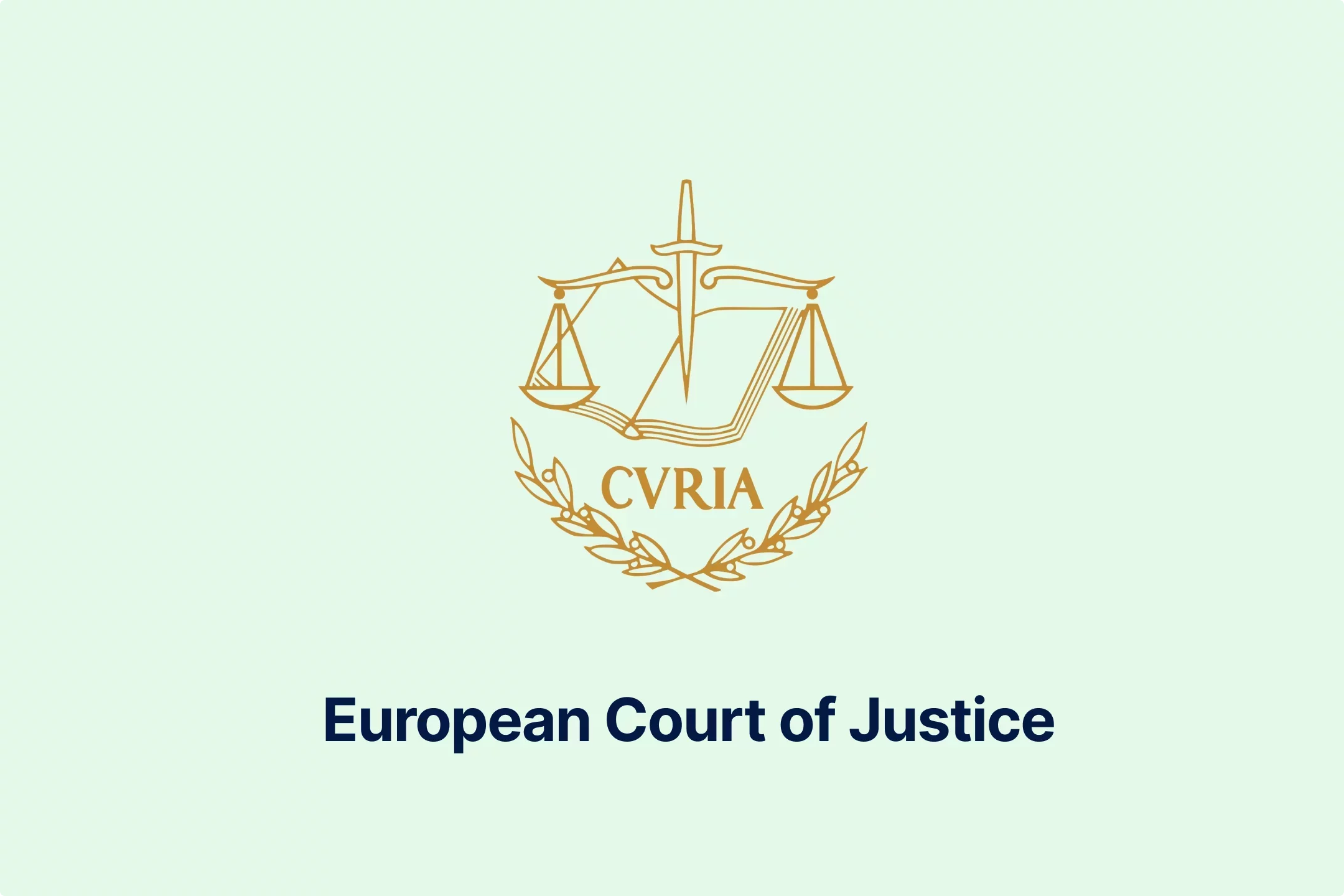
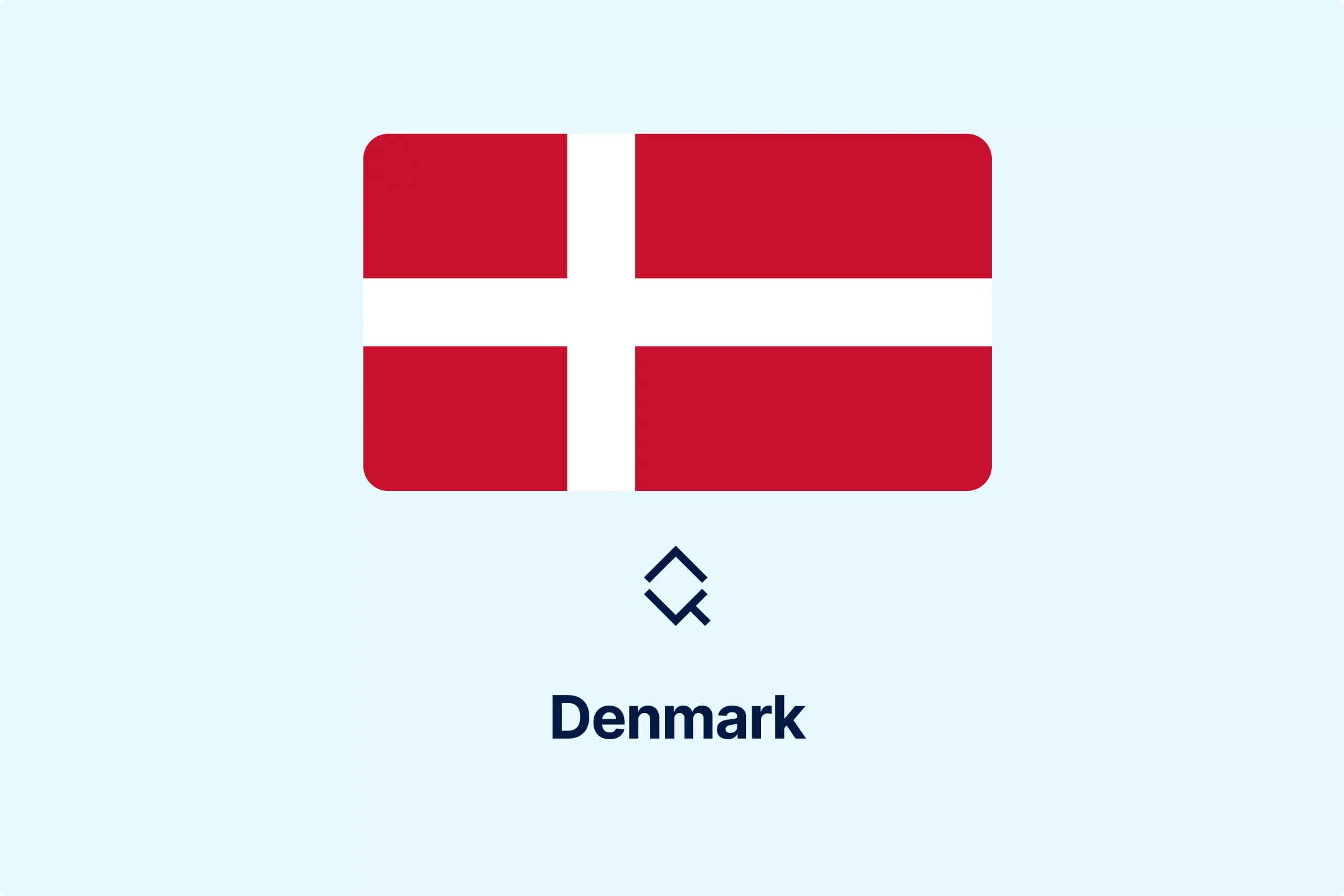
-pofe7ucwz3.webp)
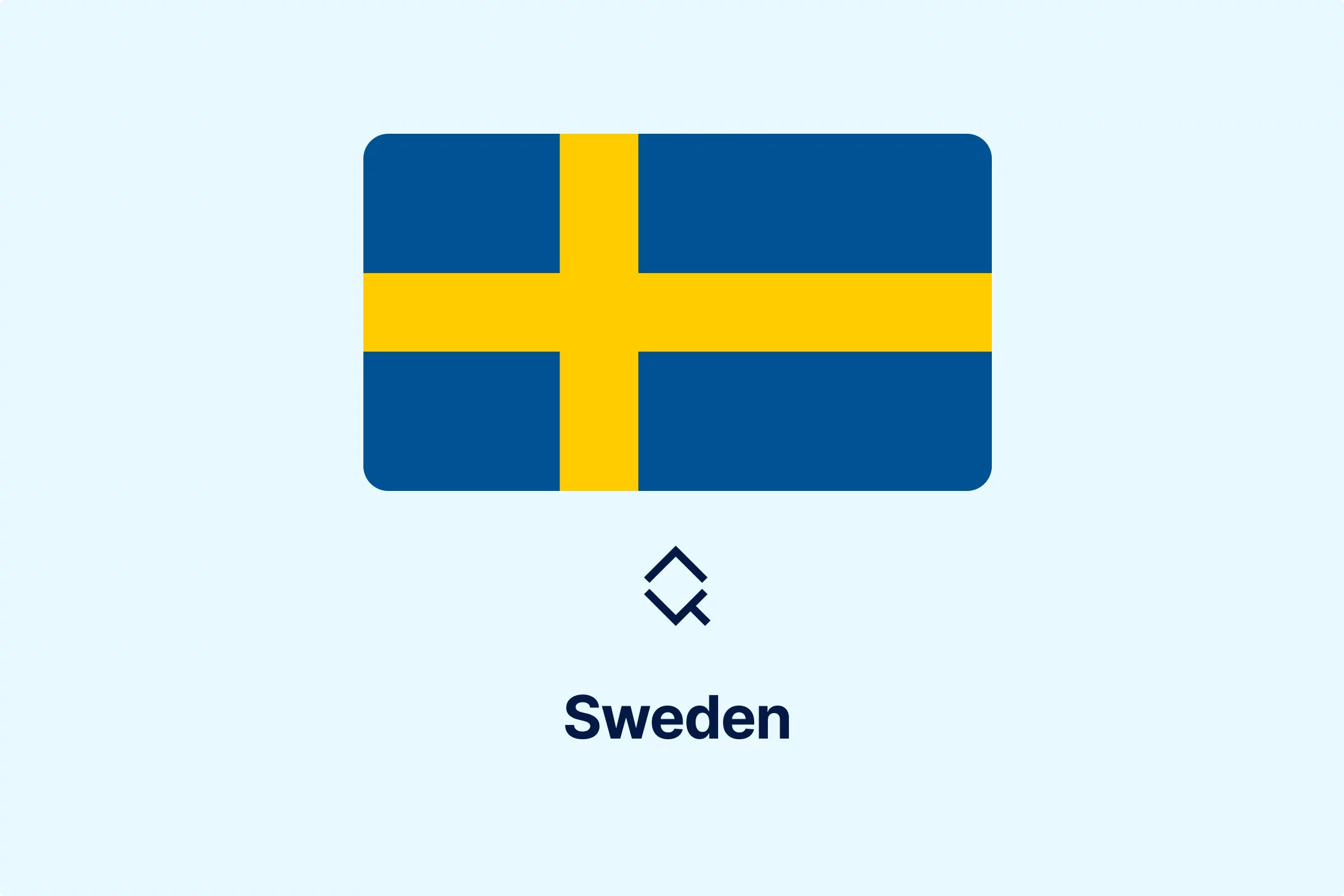

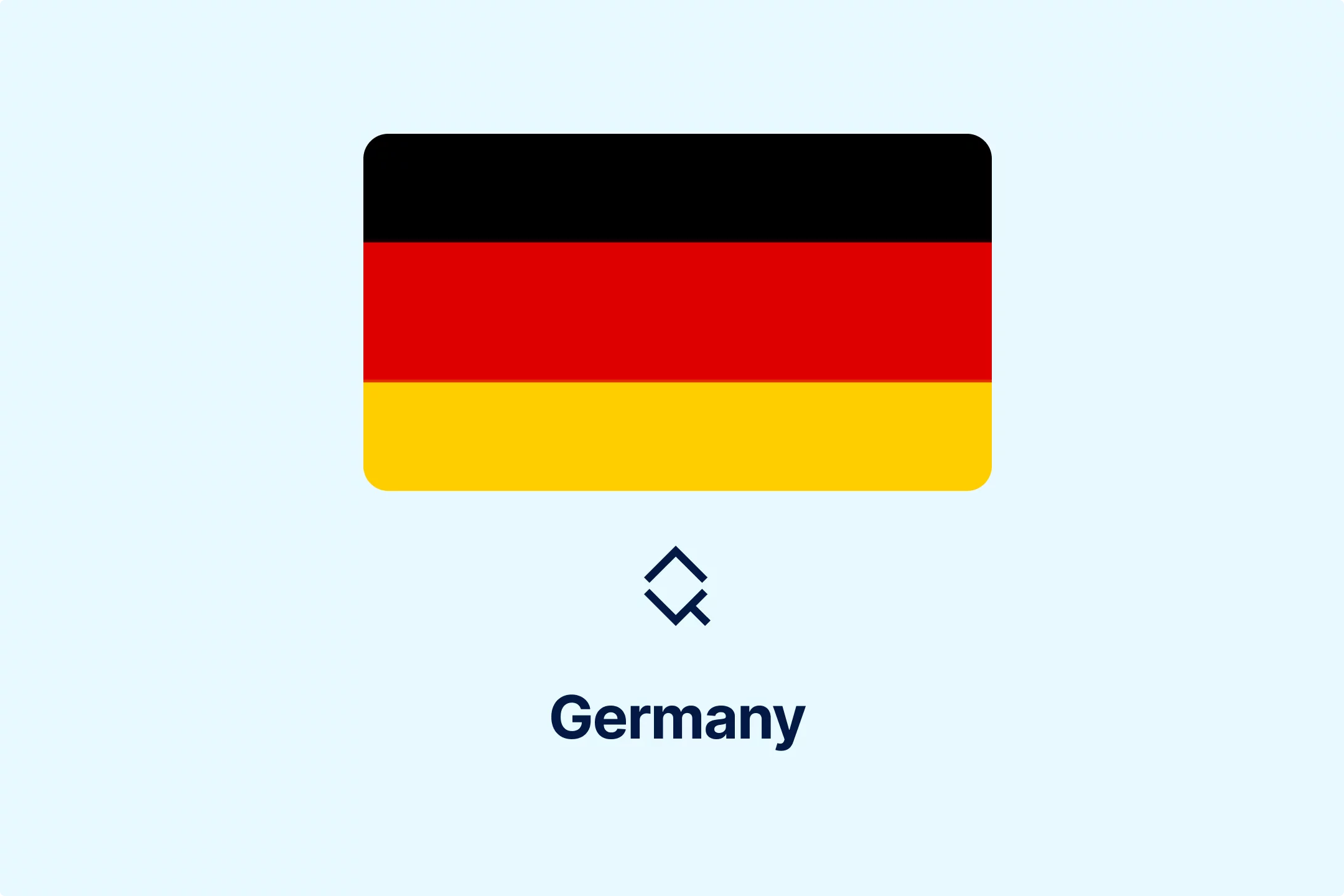
-5cc23ezxyf.webp)
-rrmabbekeb.webp)
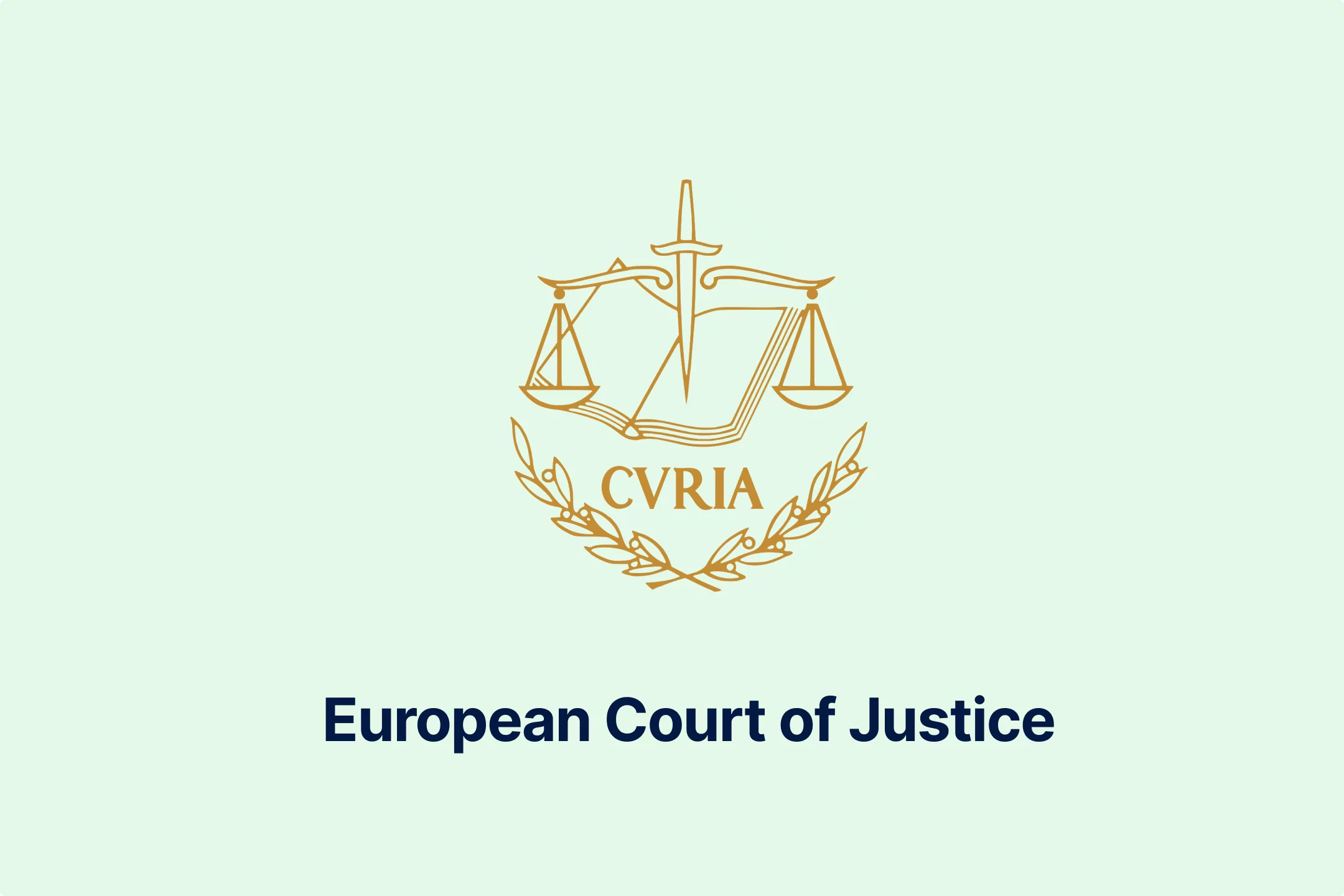
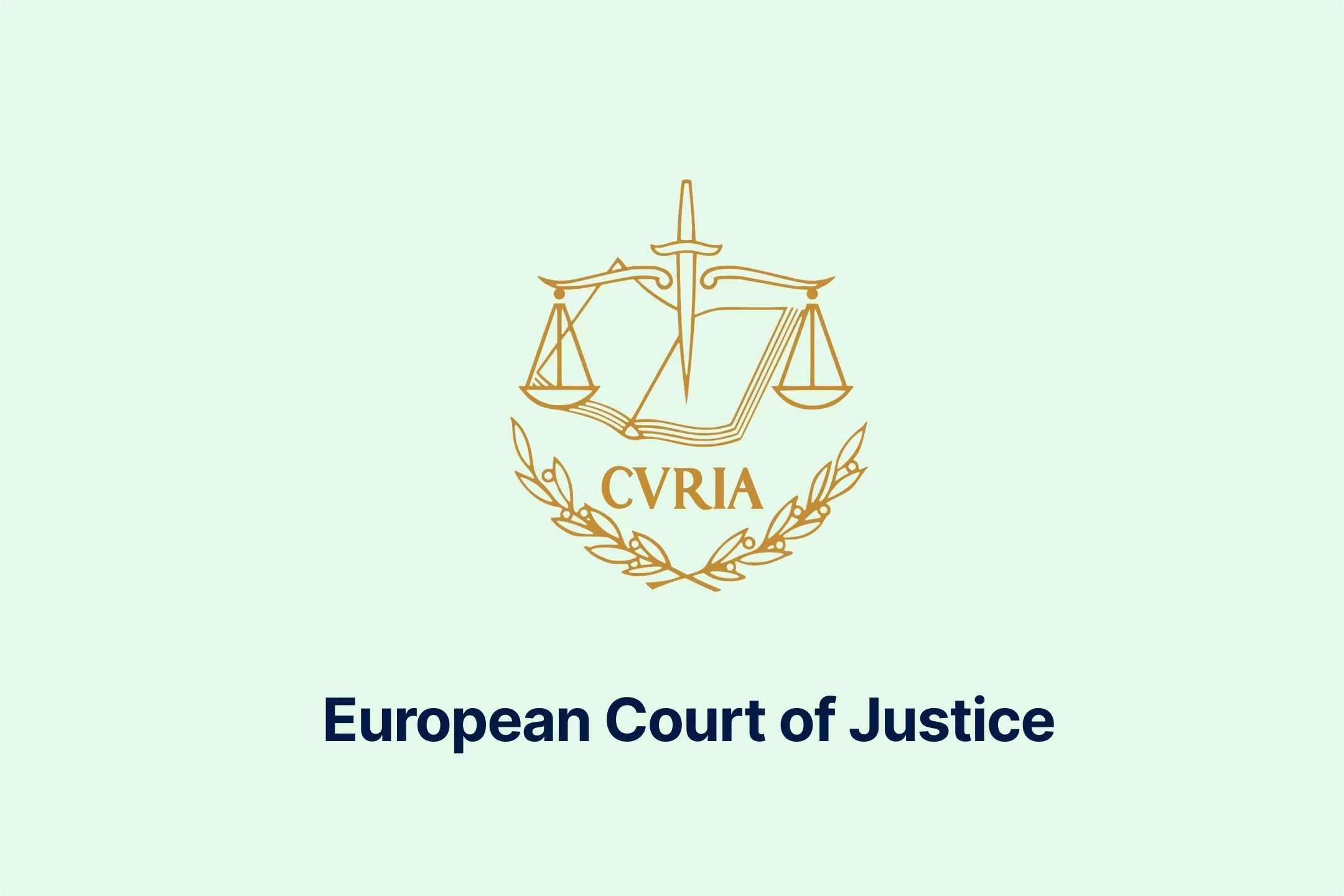
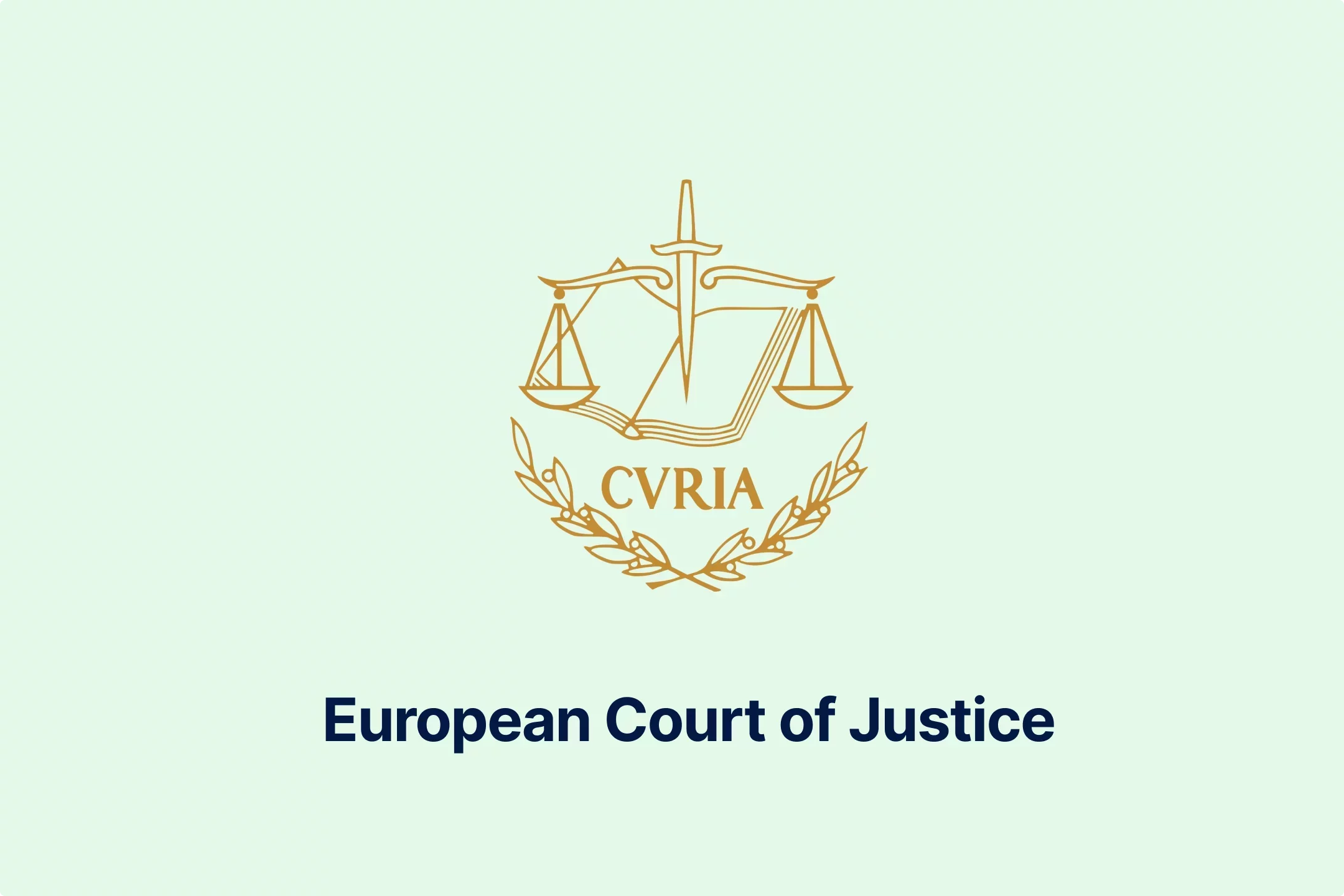
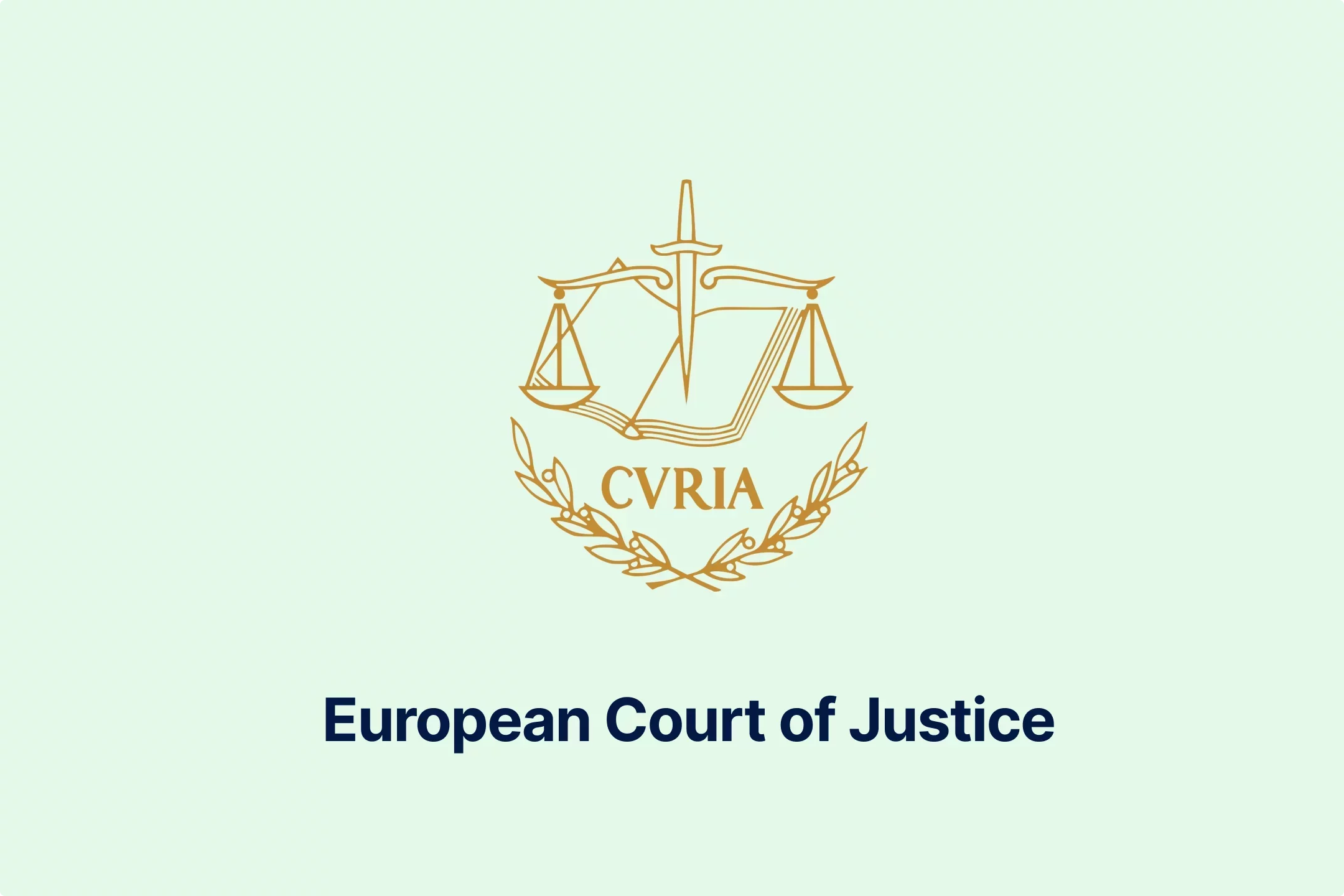
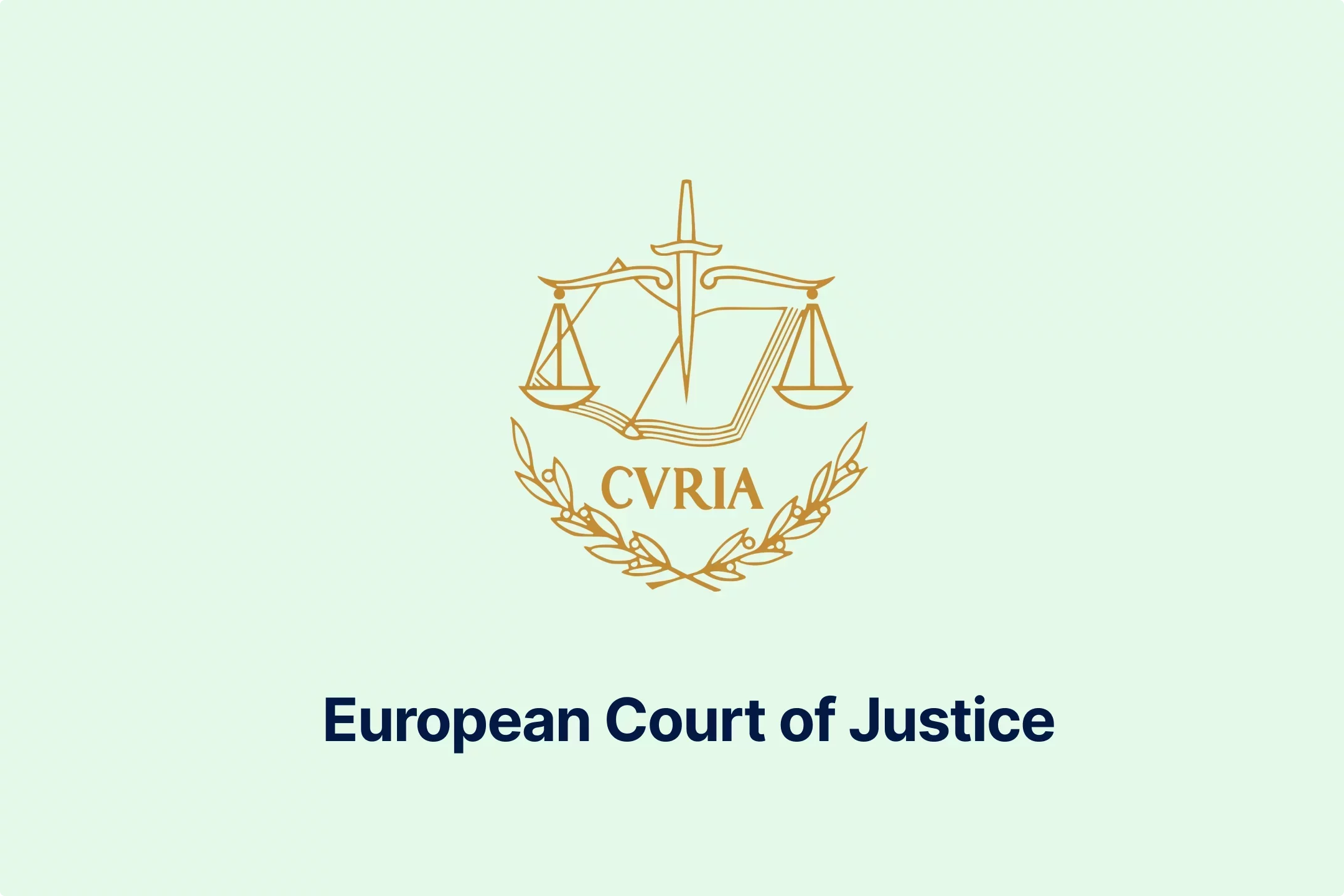
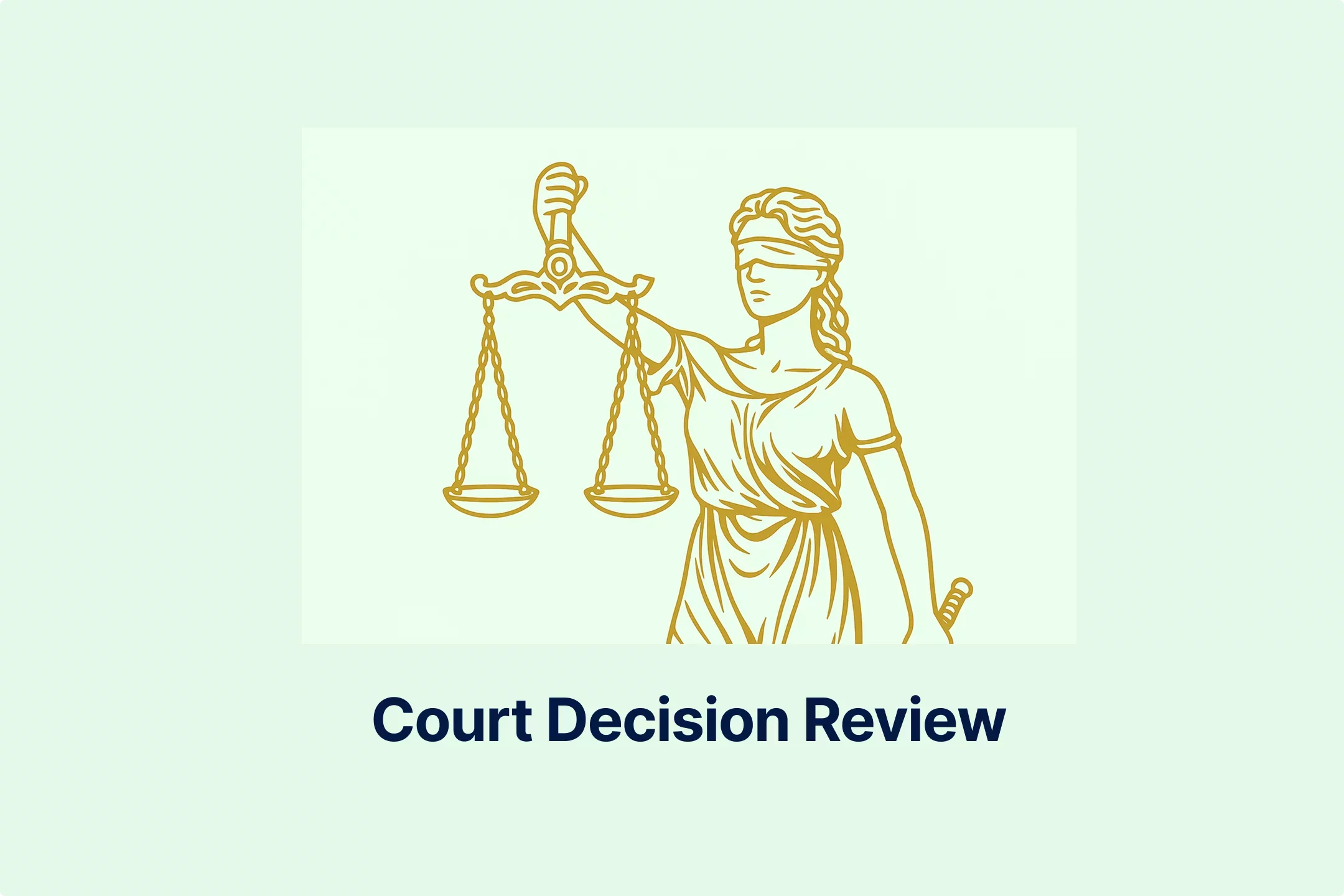
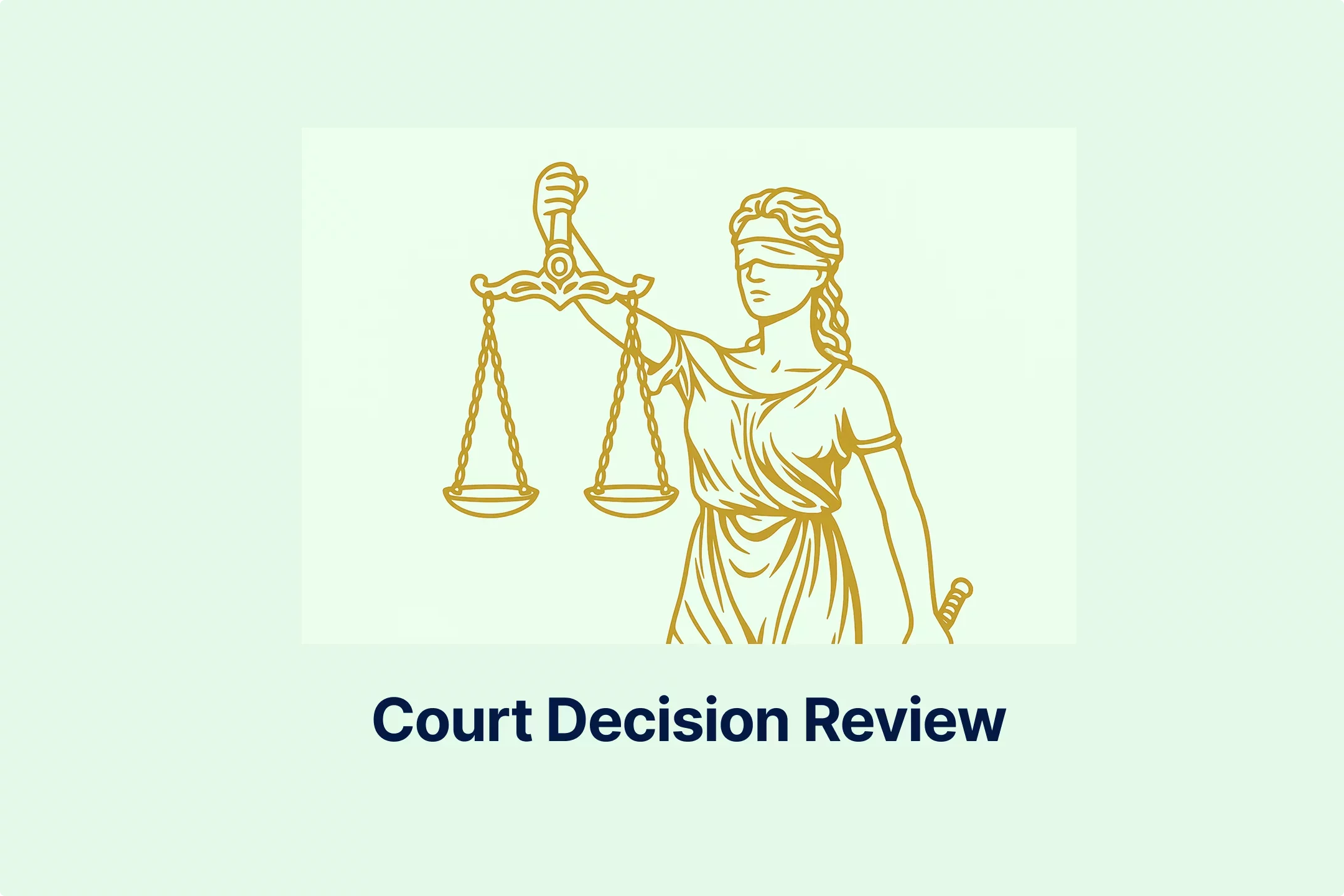
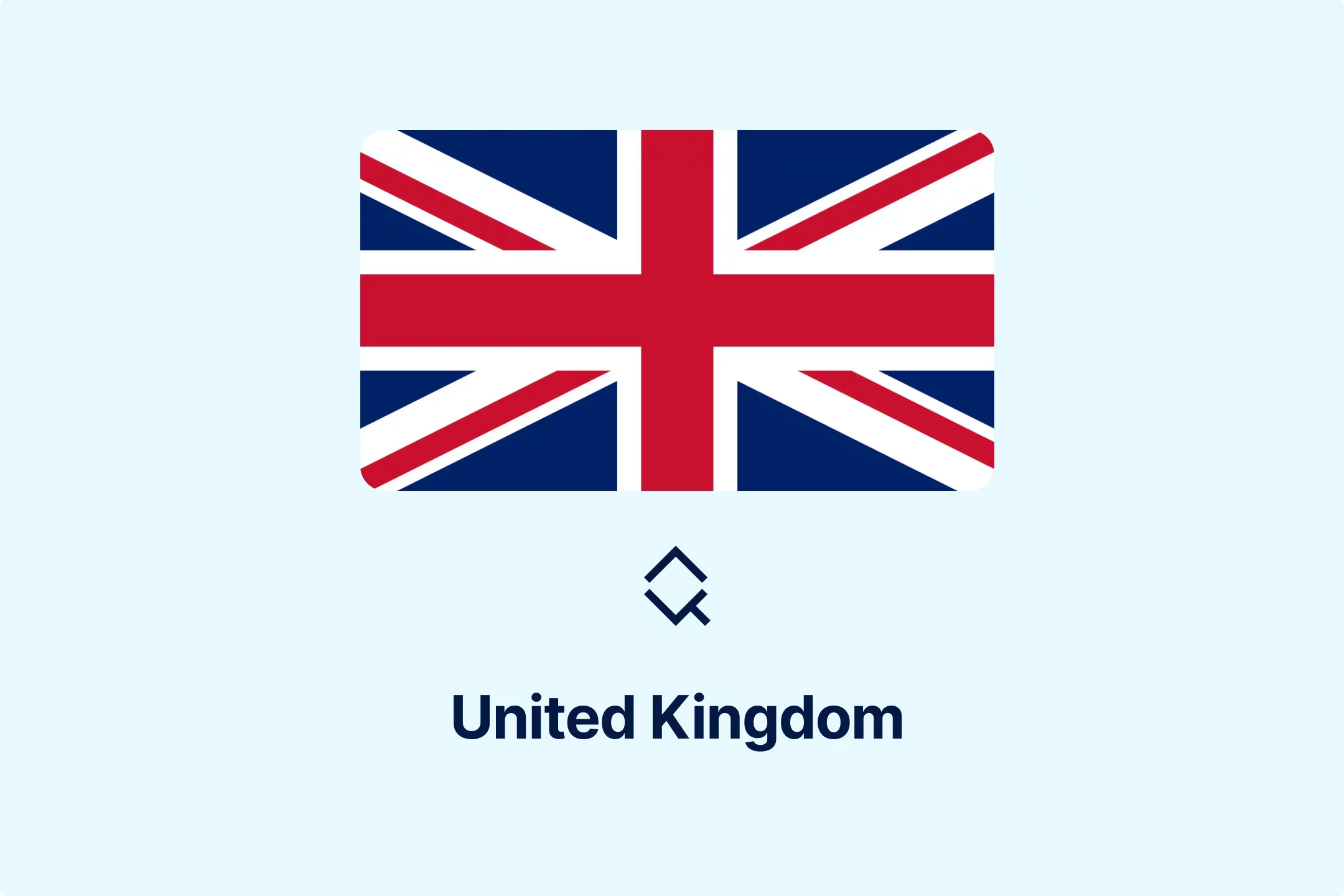
-iyyeiabtaf.webp)
-c8rbjkcs01.webp)
-nilkffjhah.webp)
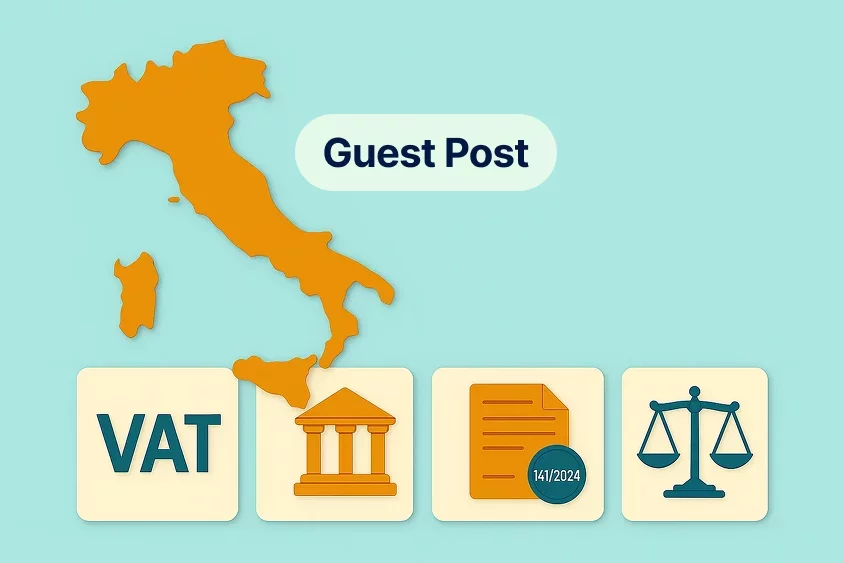
-hikakq55ae.webp)
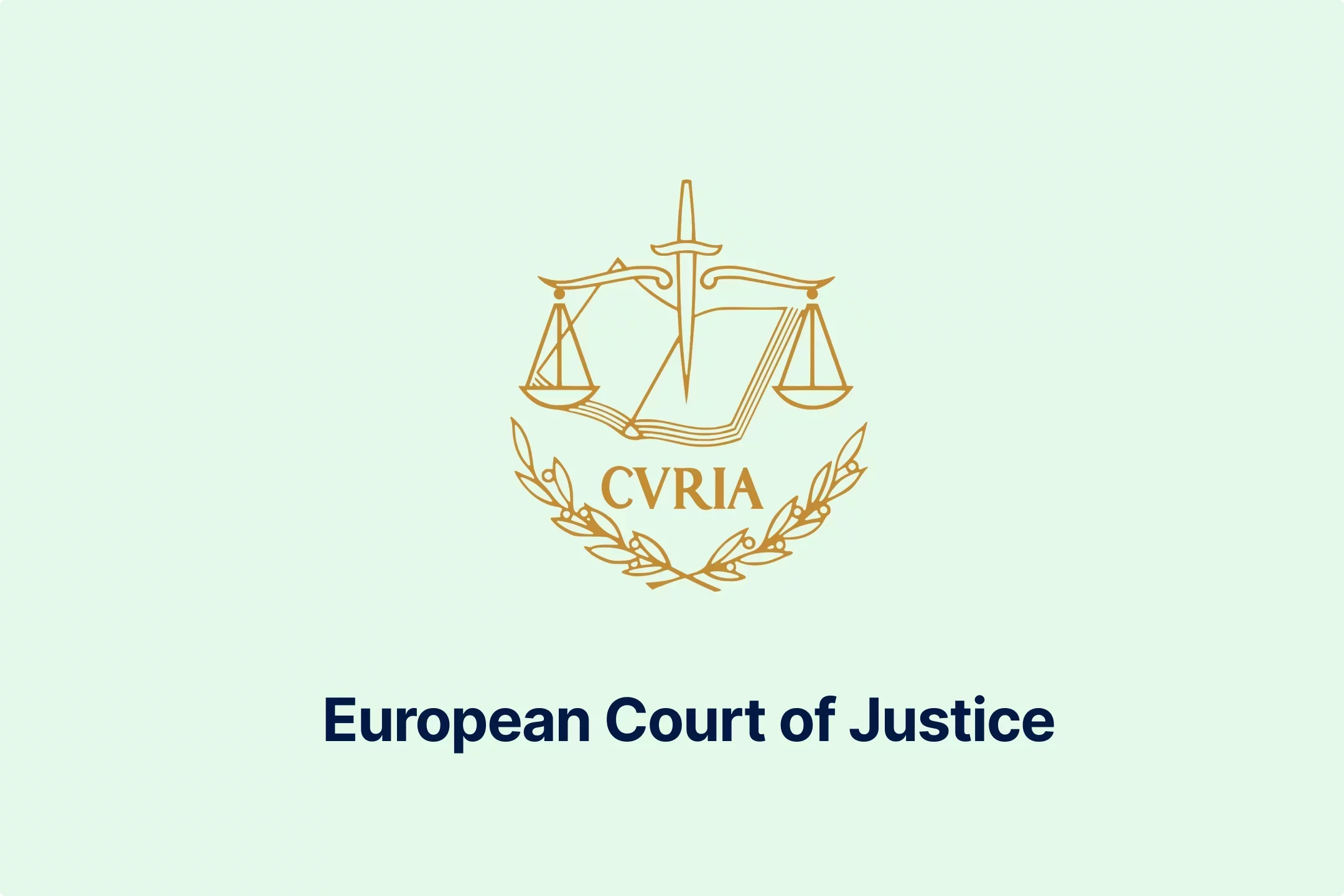
-z1d60bldtg.webp)
-d1a0q6n7mp.webp)
-viip8nvoeh.webp)
-bvv1otliox.webp)
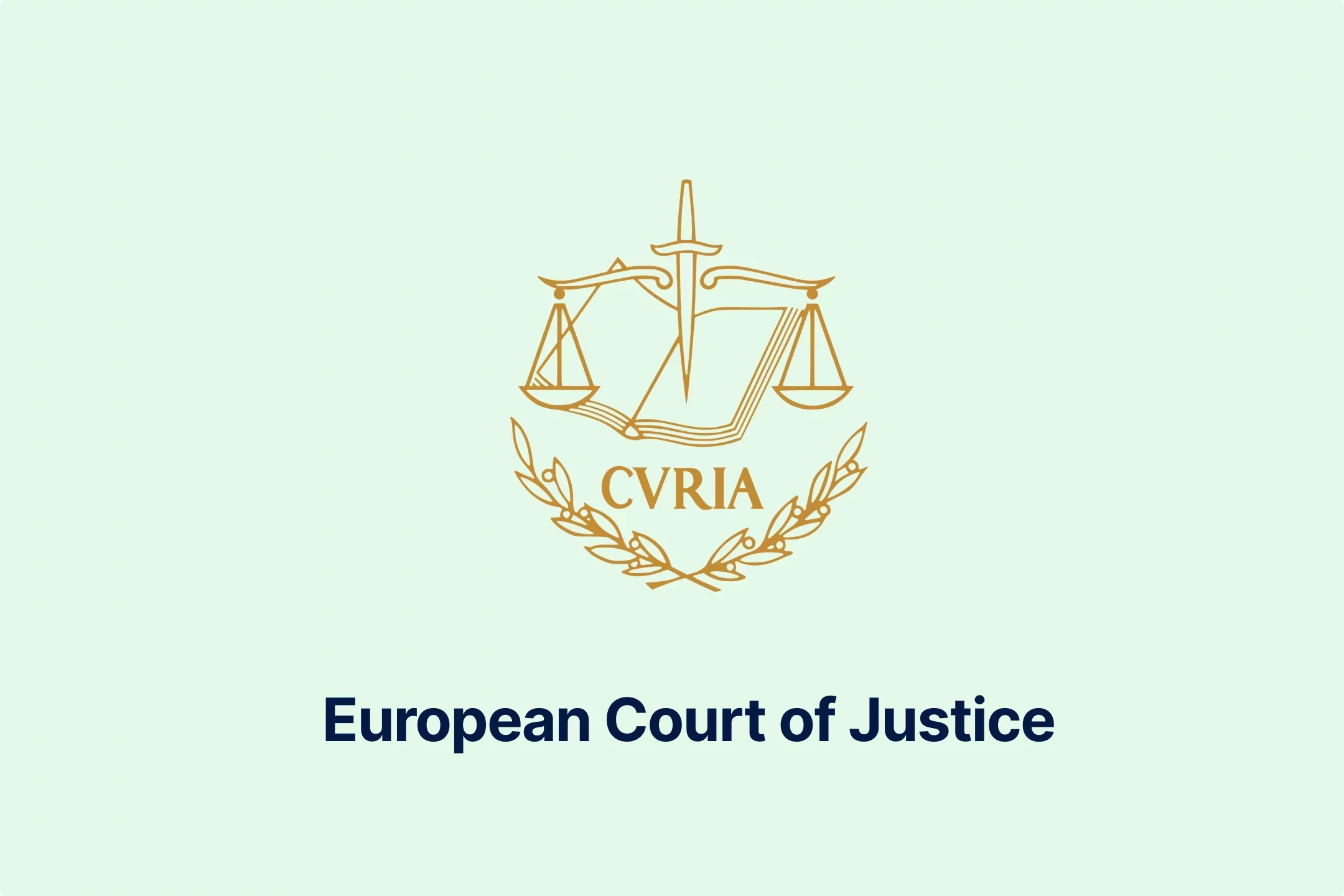
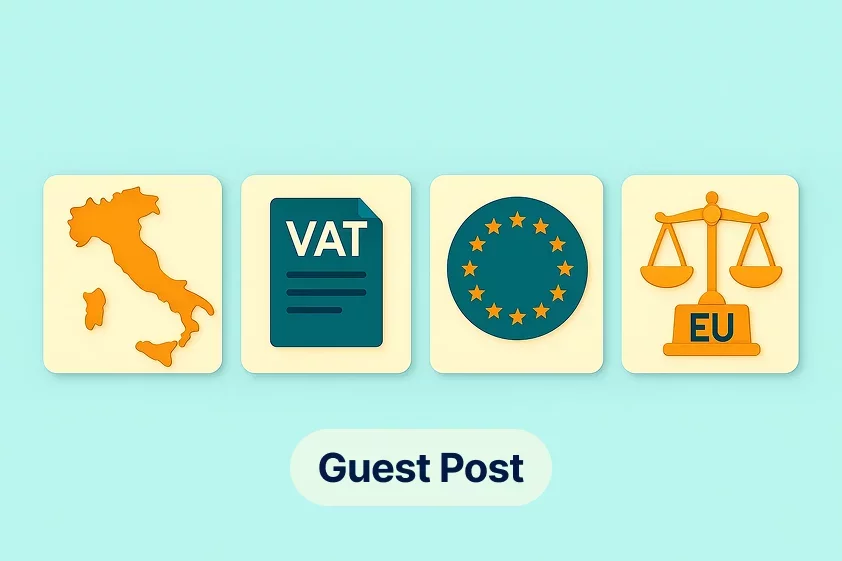
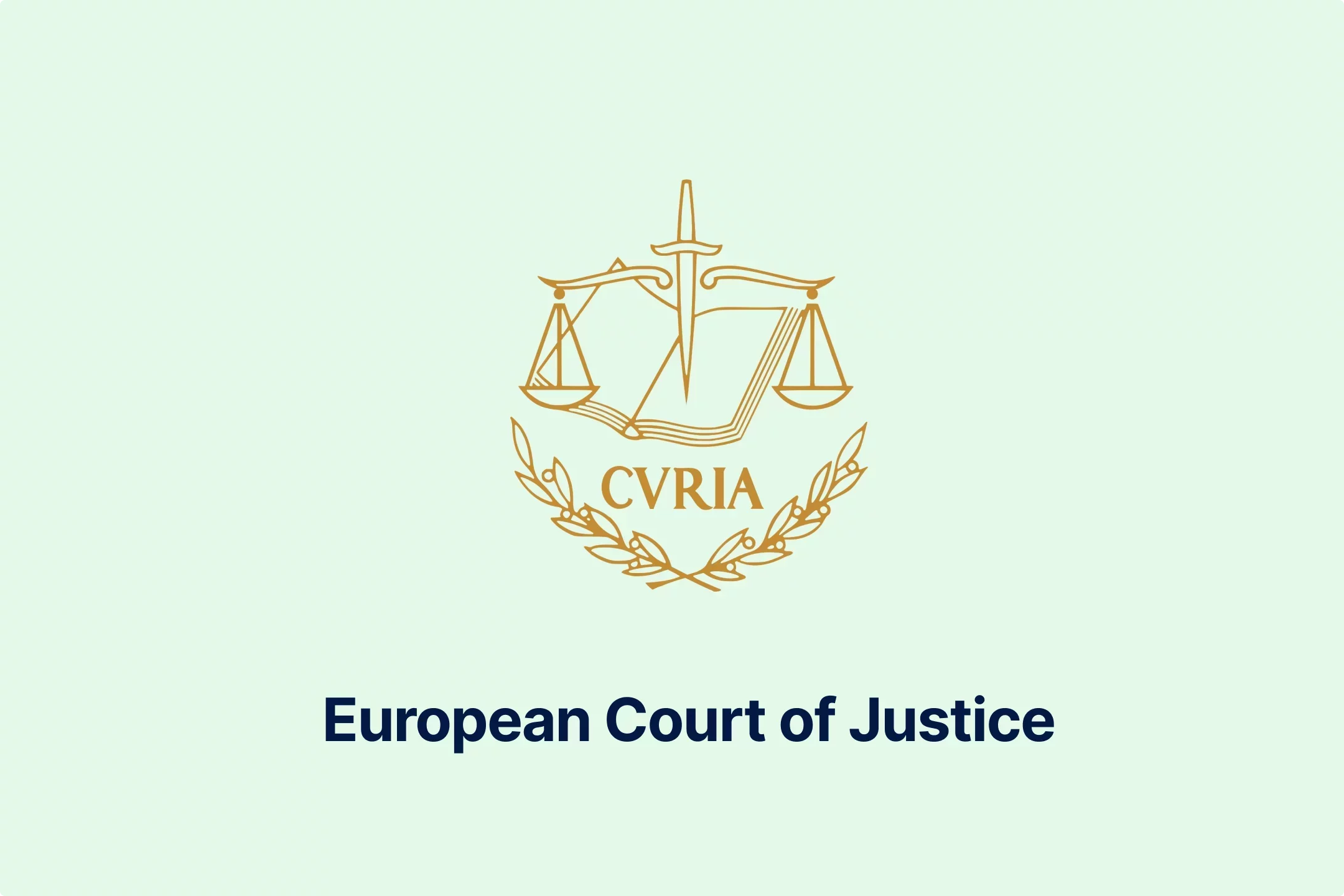
-de8hdb1bn3.webp)
-7xsxxoypnx.webp)
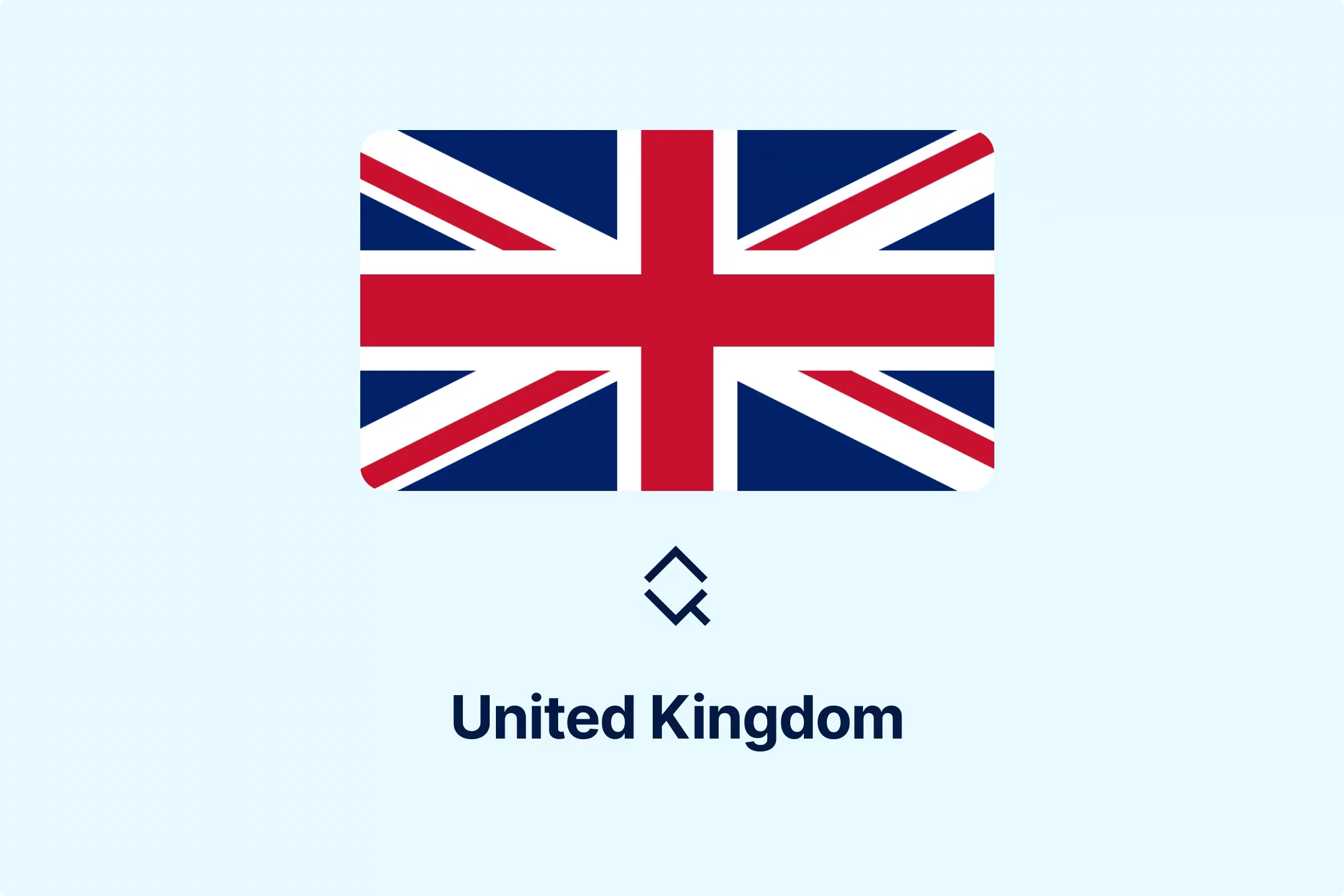
-cm0opezg73.webp)
-0tovsdupmi.webp)
-subxdamdj6.webp)
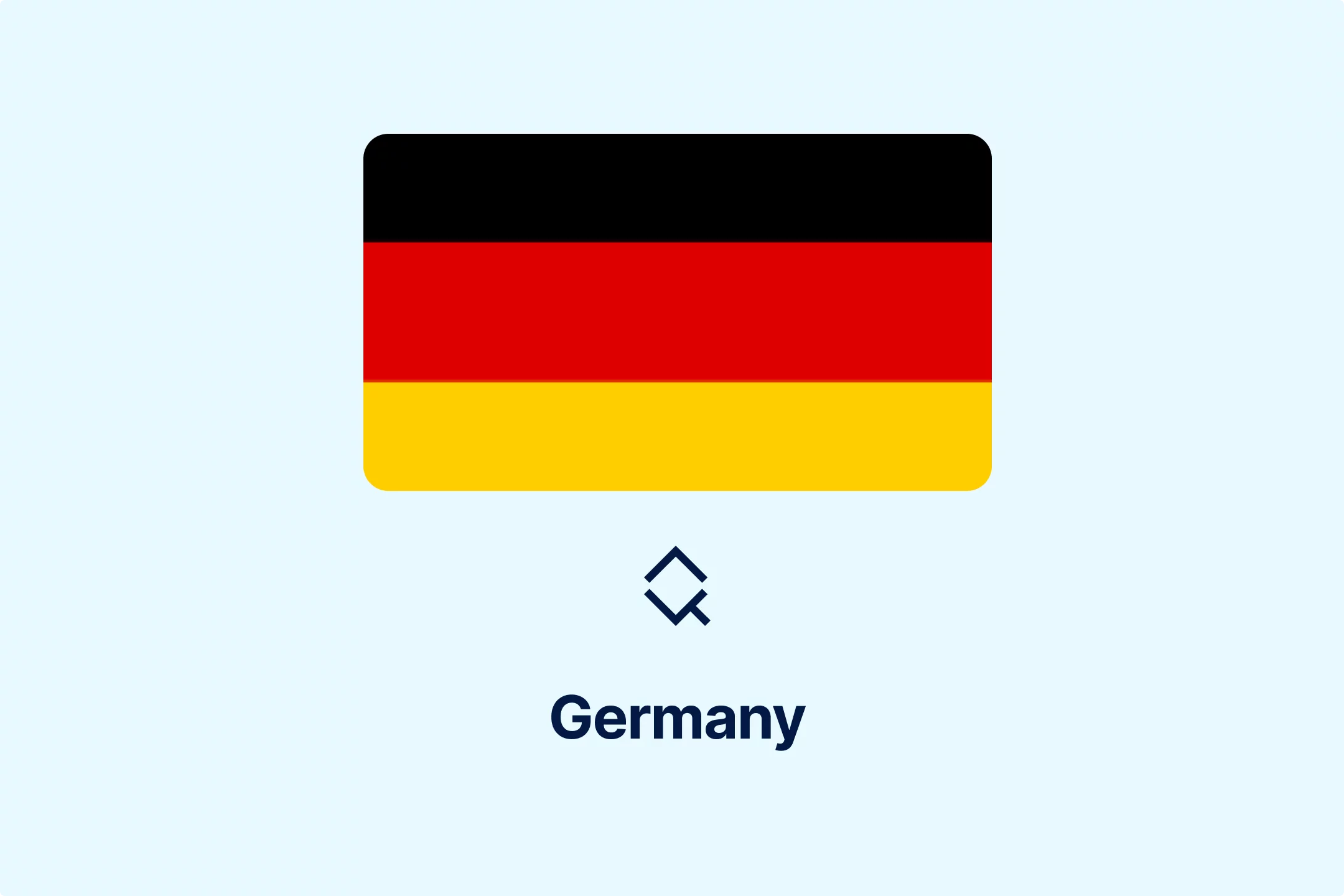
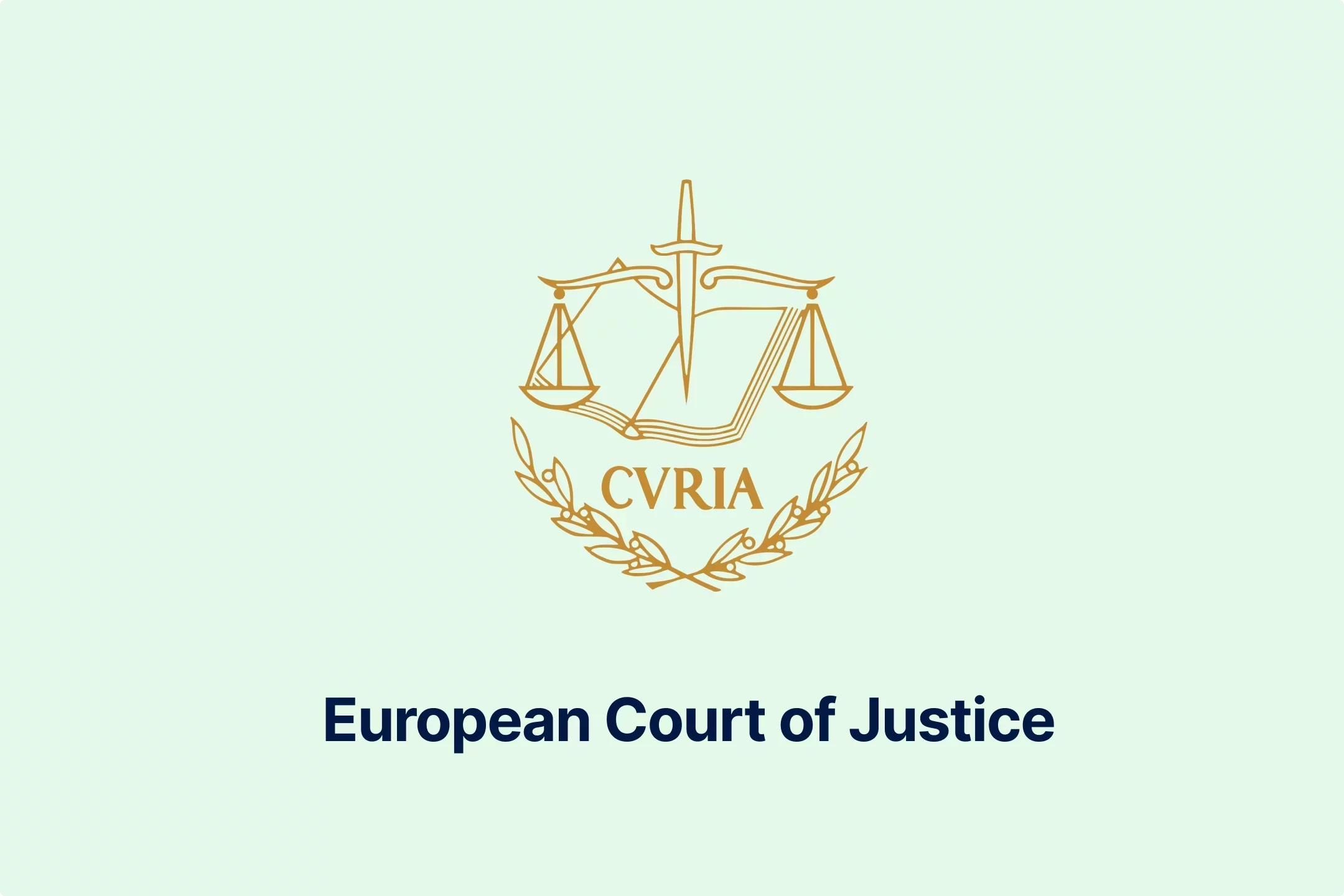
-gly6ablwnh.webp)
-gkduqhwbzh.webp)
-qpe1ld9vcj.webp)
-8noukwsmba.webp)
-aka29tuhkt.webp)


-fisvs27yrp.webp)


-mp0jakanyb.webp)

-aivzsuryuq.webp)



-o7f4ogsy06.webp)

-zjja92wdje.webp)
-hrbhdts8ry.webp)
-qtdkwpgkug.webp)


-cf8ccgah0p.webp)
-0em3cif5s6.webp)





-ptzesl0kij.webp)

-tfzv42pyms.webp)






-uodv7sfbih.webp)
-bbrdfmm9qf.webp)



-m2tl8crfqr.webp)


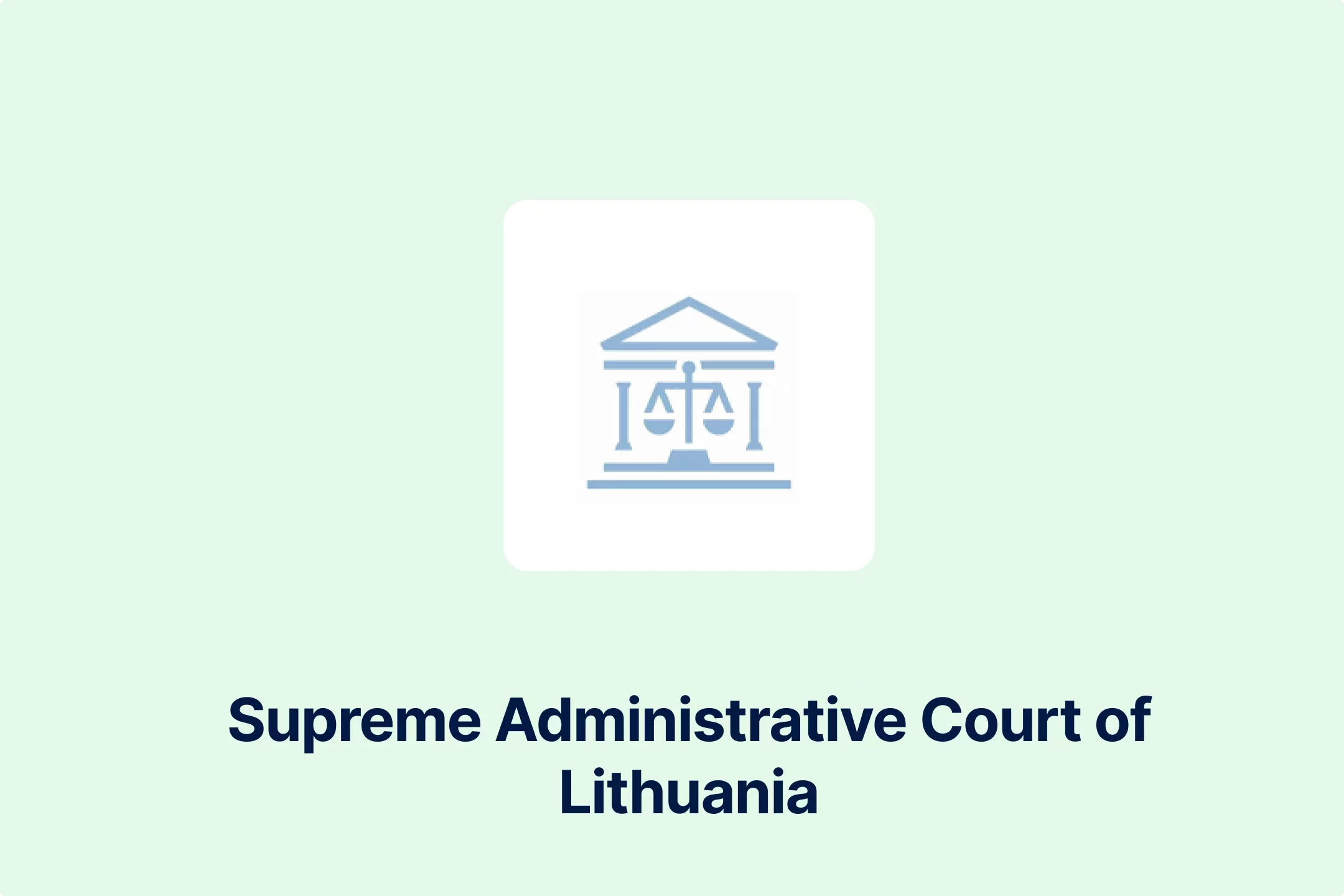

-1awbqjgpjs.webp)
-avbjsn1k1g.webp)


-0h8ohkx6s0.webp)


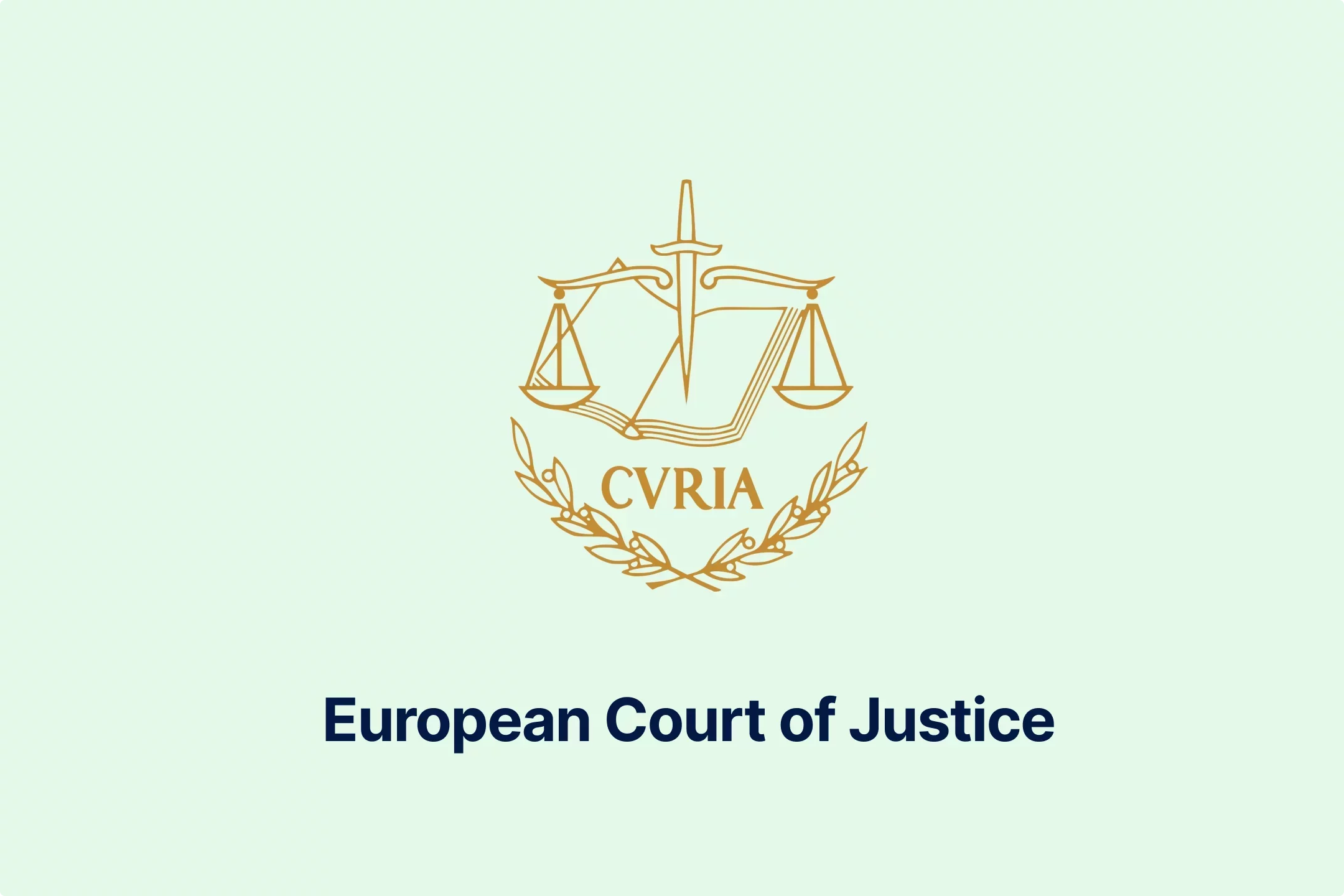
-wfmqhtc7i6.webp)
-7wljbof2zo.webp)
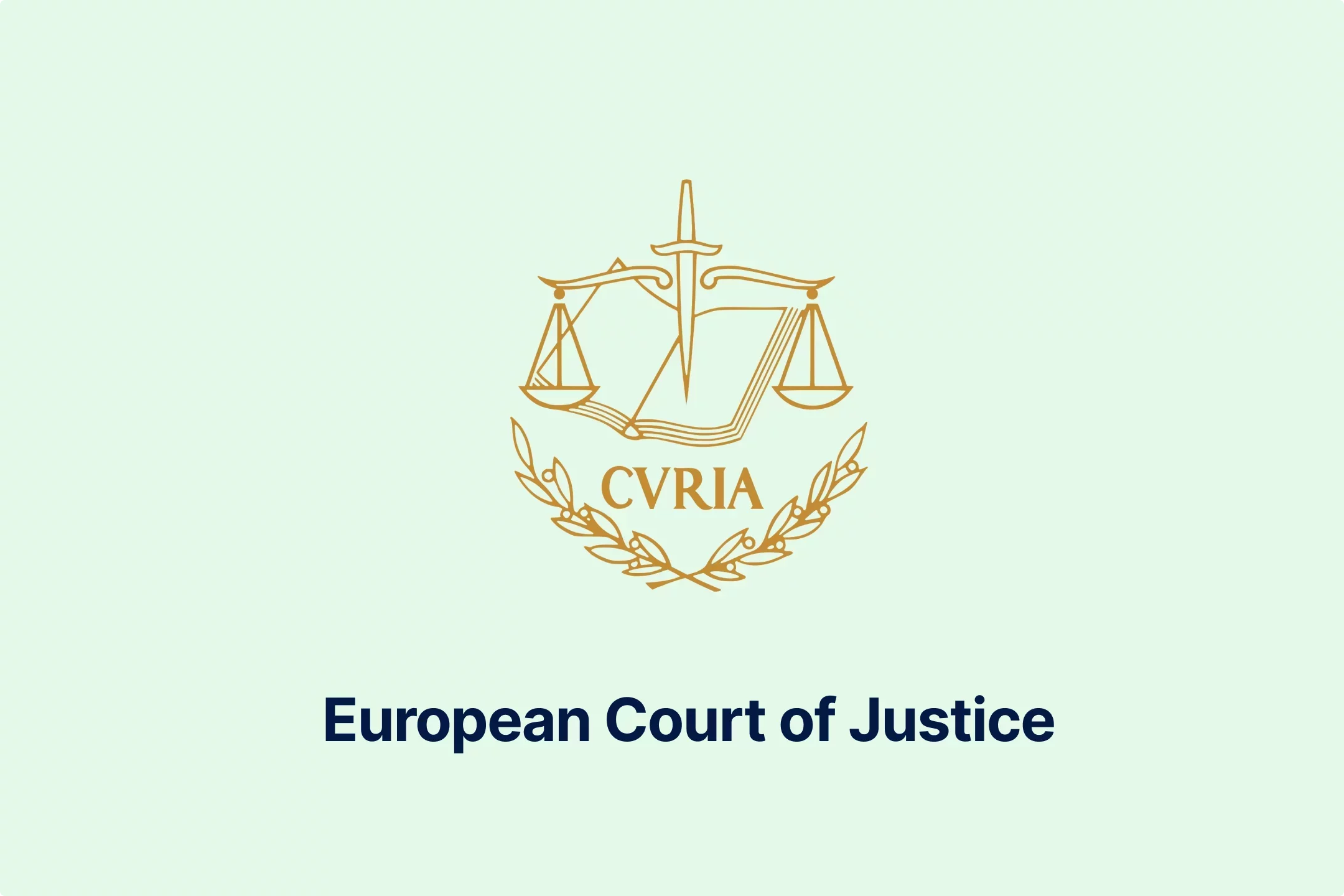
-eqt97uyekl.webp)
-wzw9mcf563.webp)

-z4oxr6i0zd.webp)




-l0zcrrzvhb.webp)
-fhtic1pwml.webp)

-iipdguuz9p.webp)
-nkhhwrnggm.webp)
-pltqwerr3w.webp)

-nn6mtfbneq.webp)

-tmnklelfku.webp)



-8z1msbdibu.webp)
-7g16lgggrv.webp)



-lxcwgtzitc.webp)
-9mc55kqwtx.webp)


-xla7j3cxwz.webp)
-jrdryw2eil.webp)






-t9qr49xs2u.webp)


-qjopq5jplv.webp)



-vune1zdqex.webp)

-qsozqjwle2.webp)
-rgjta7iwiv.webp)

-zb6bxxws47.webp)
-lyfjzw4okp.webp)

-ogpfmol5m1.png)

-czisebympl.png)

-zetvivc79v.png)
-ud7ylvkade.png)
-qizq6w2v5z.png)







-ihr6b4mpo1.webp)
-k1j4au0ph6.webp)
-swxxcatugi.webp)


-ig9tutqopw.webp)

-tauoa6ziym.webp)

-spr0wydvvg.webp)
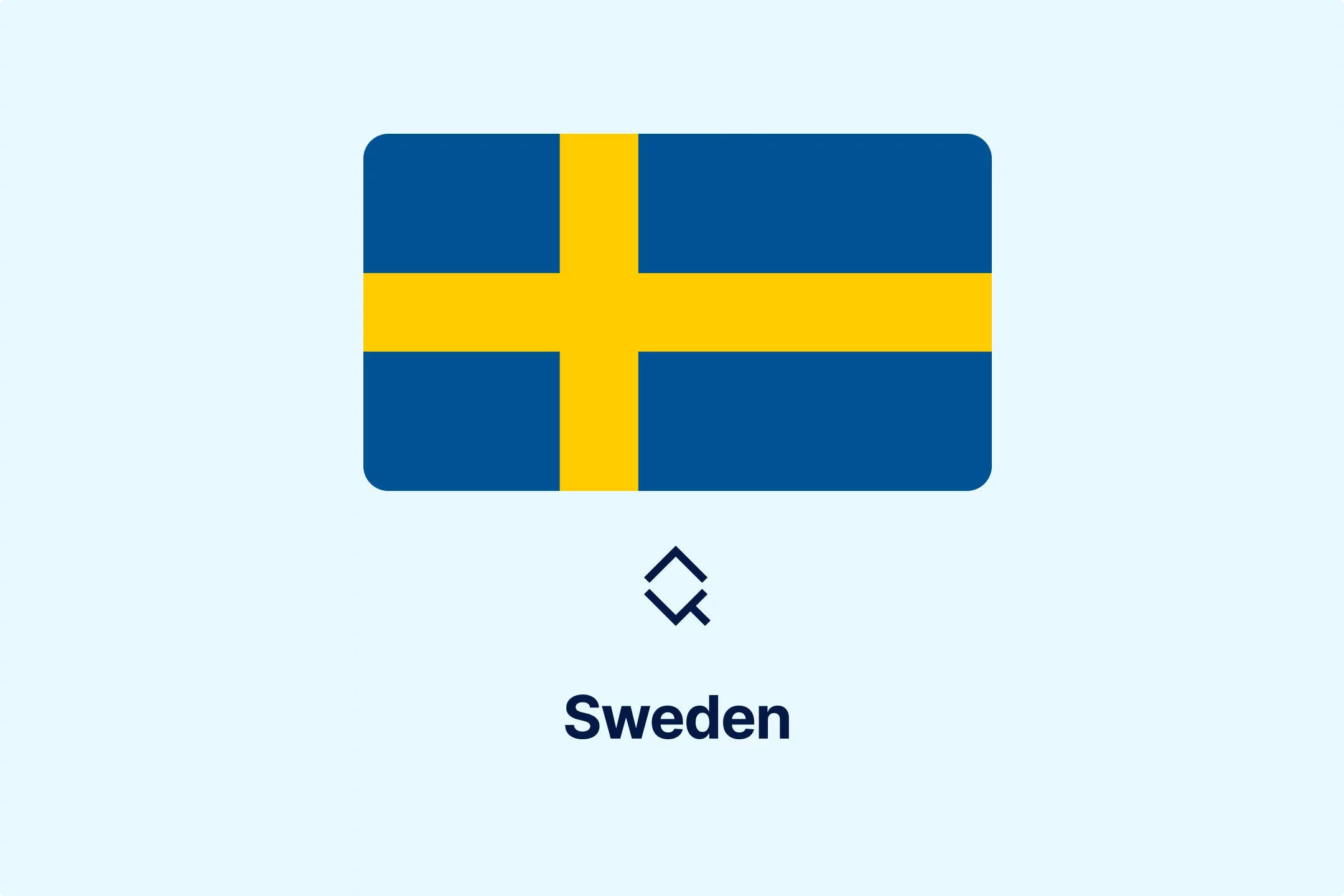
-xfuognajem.webp)





-u2nv5luoqc.webp)








-opuxpan2iu.webp)




-kwttsfd8ow.webp)
-8u14qi10nj.webp)

-wjpr96aq5g.webp)

.png)

.png)


.png)


.png)



.png)
.png)
.png)
.png)
.png)

.png)
.png)




.png)
.png)




































































































































